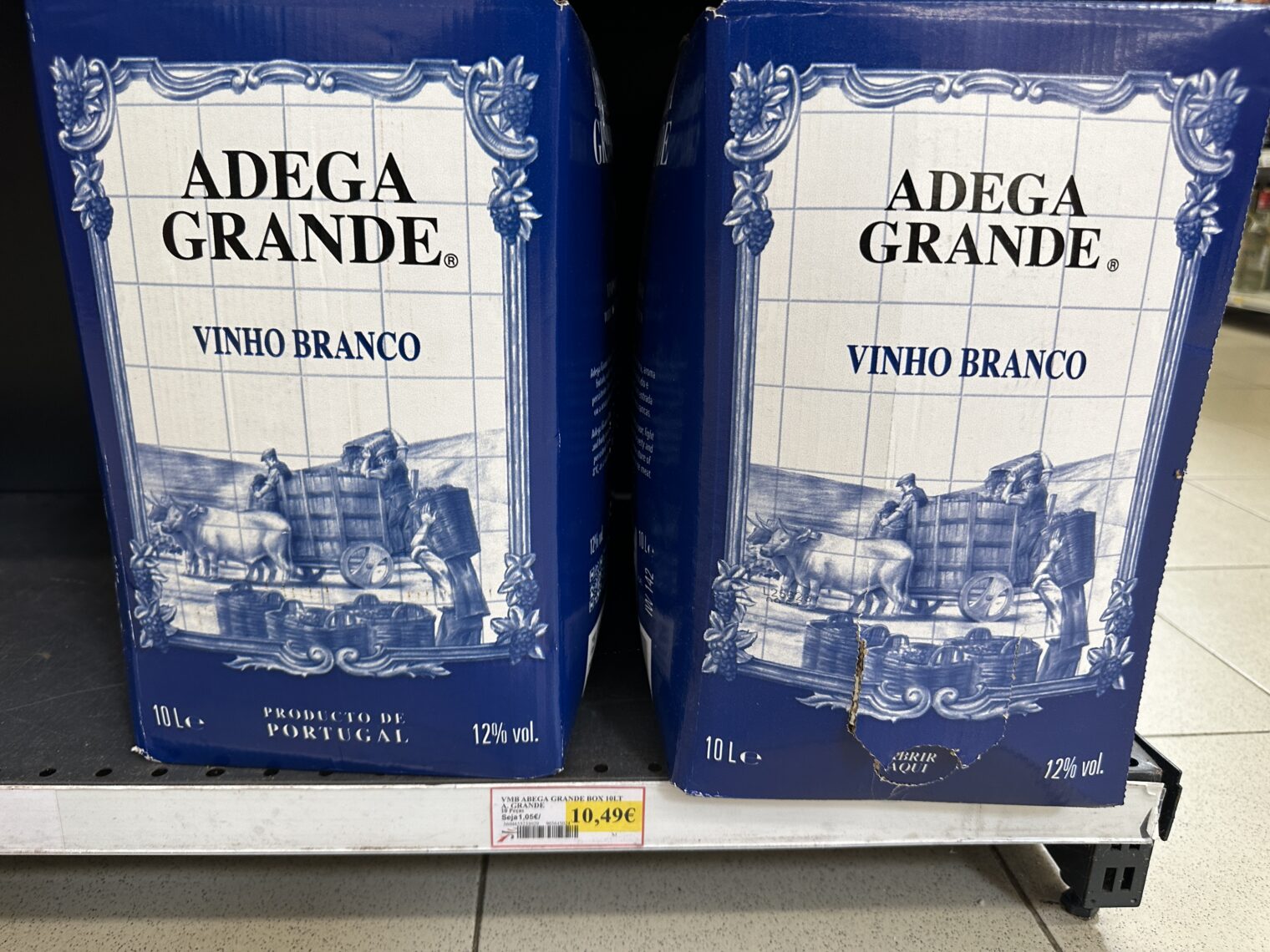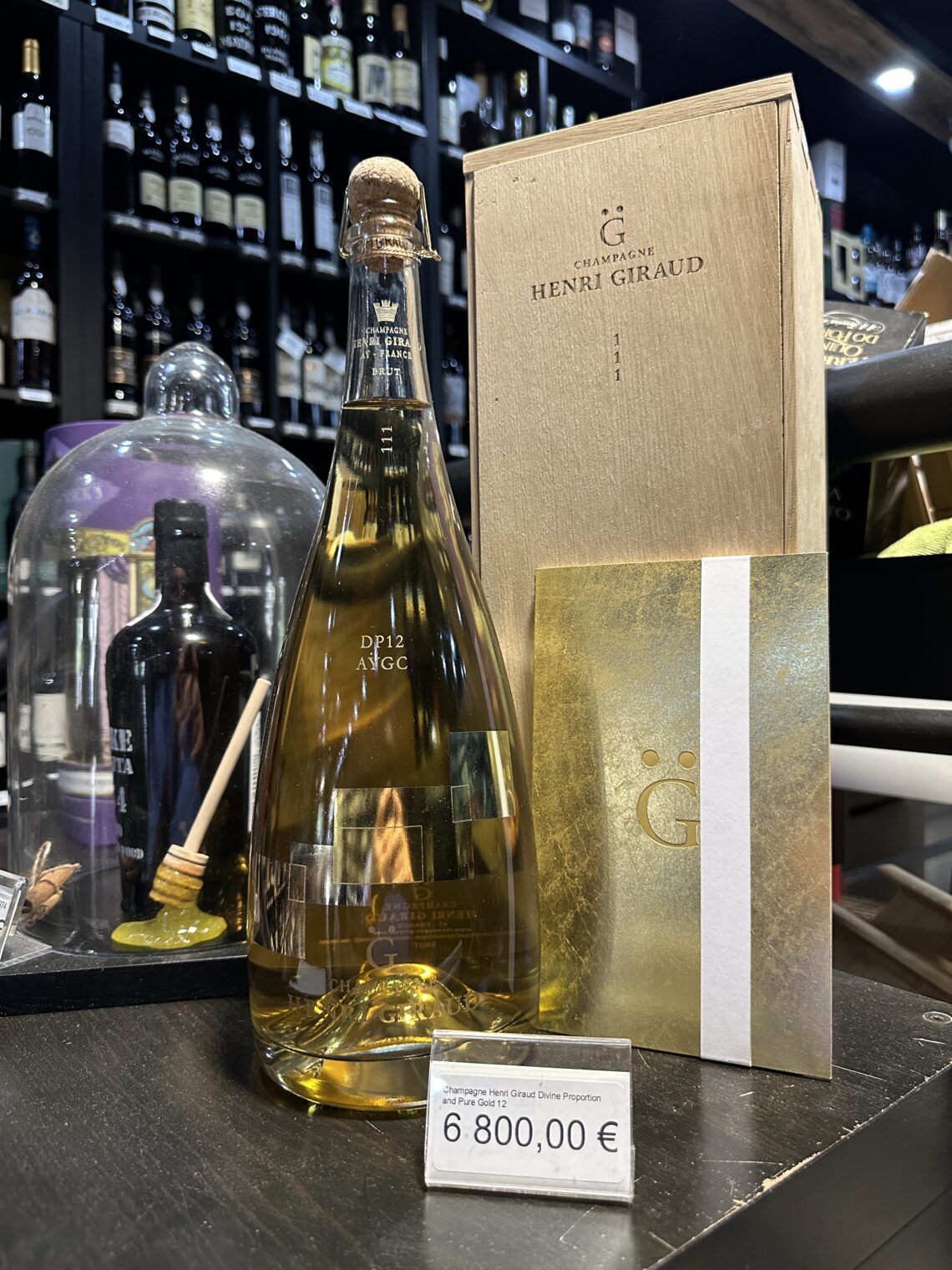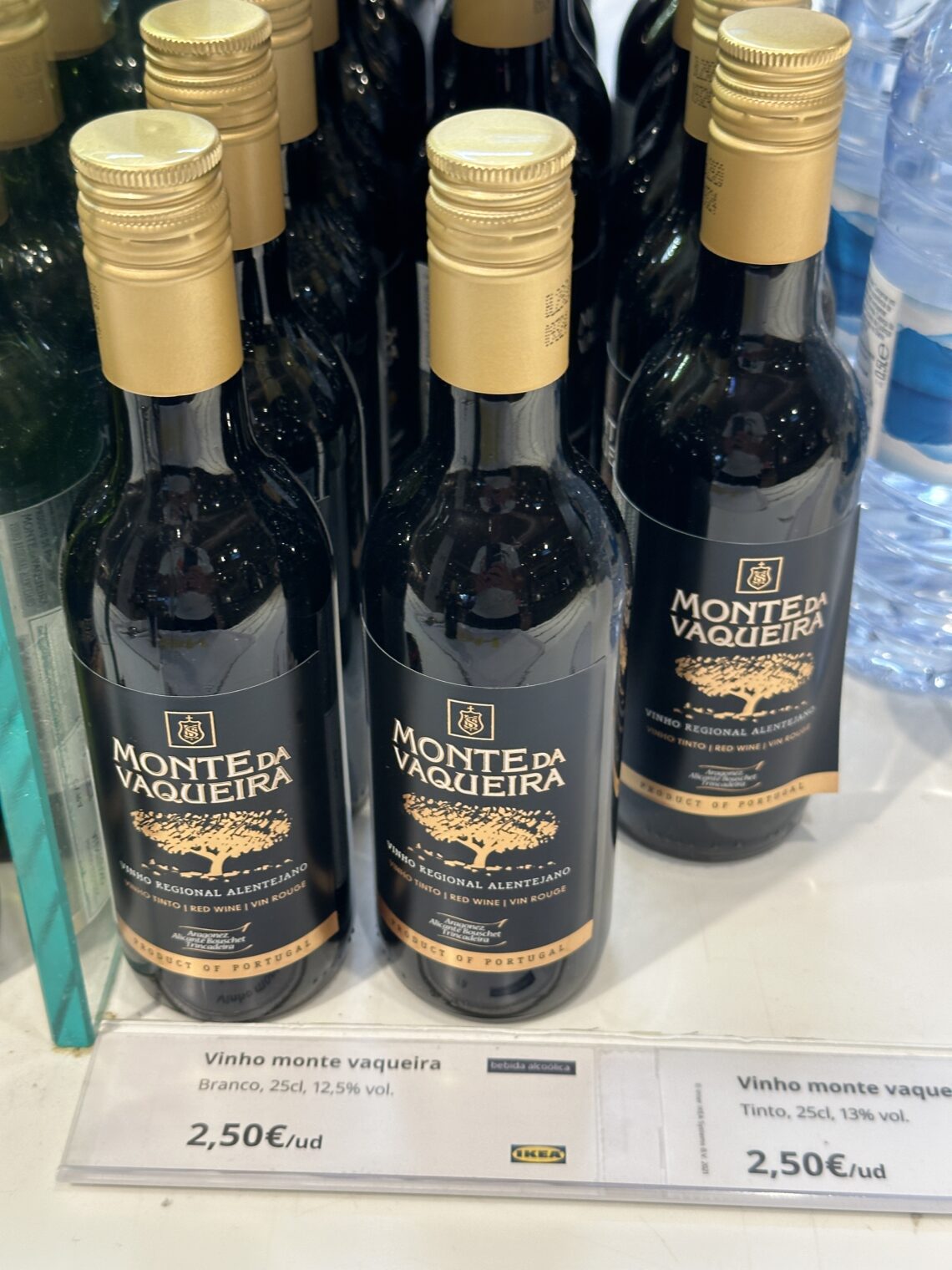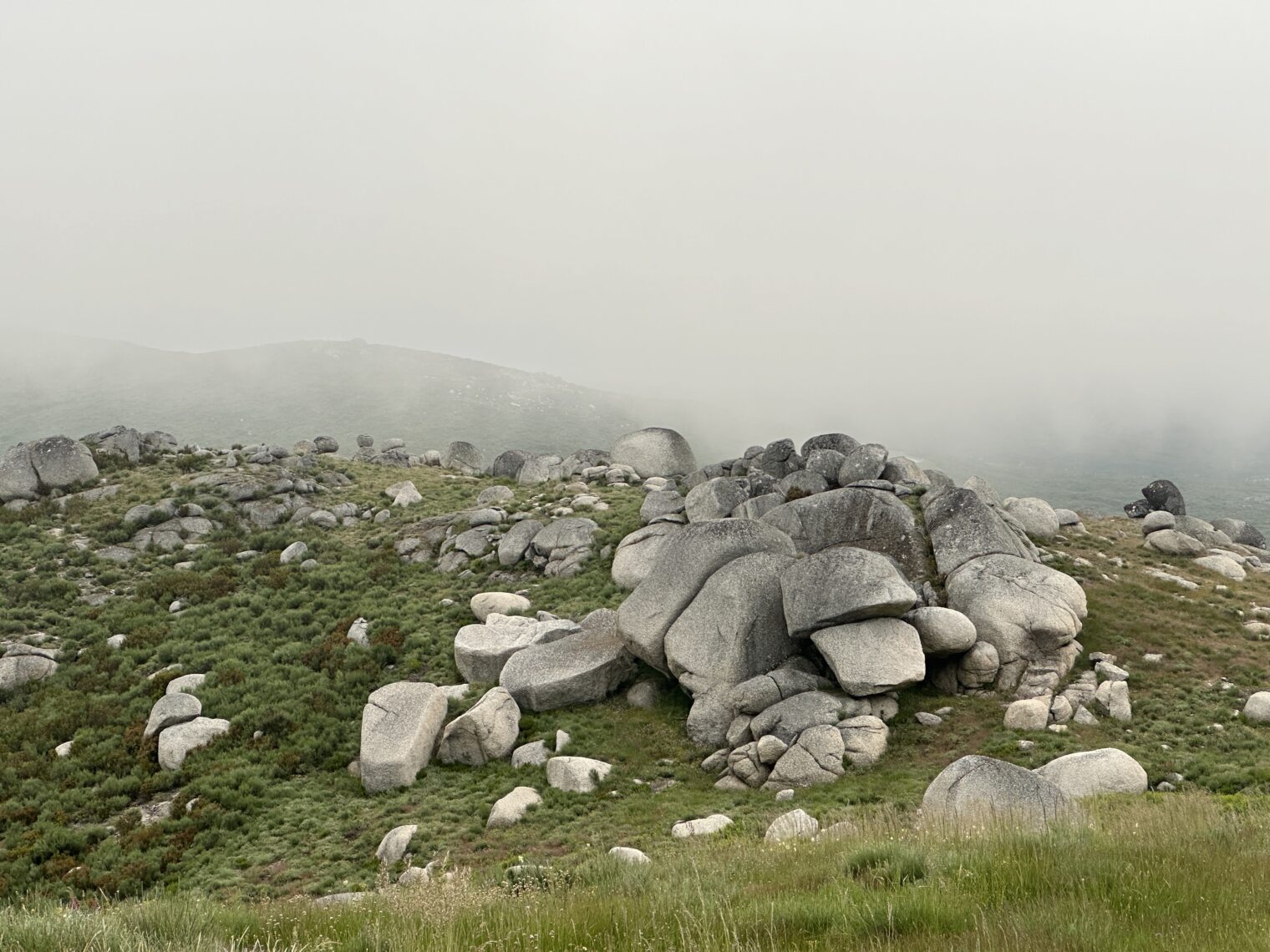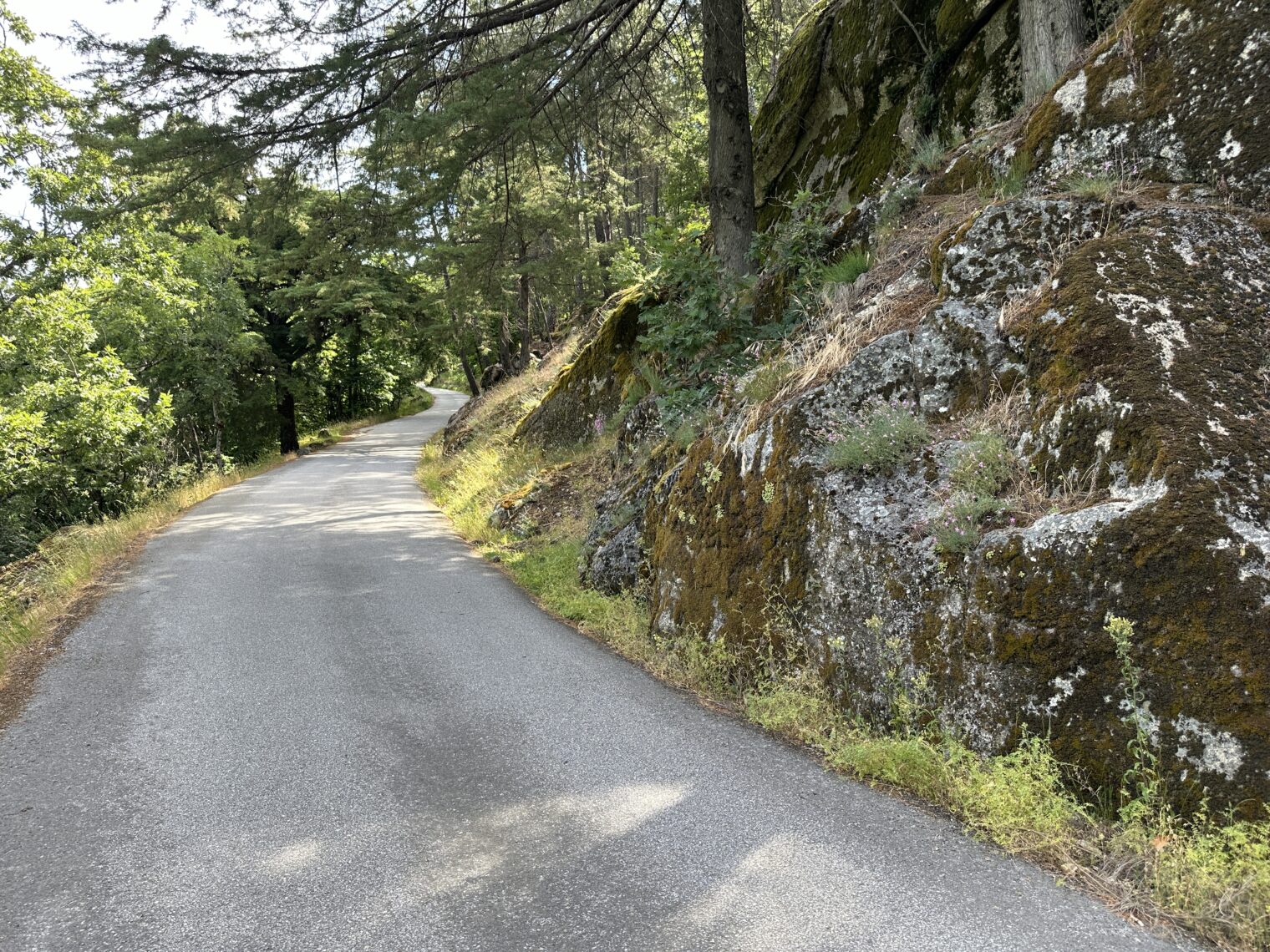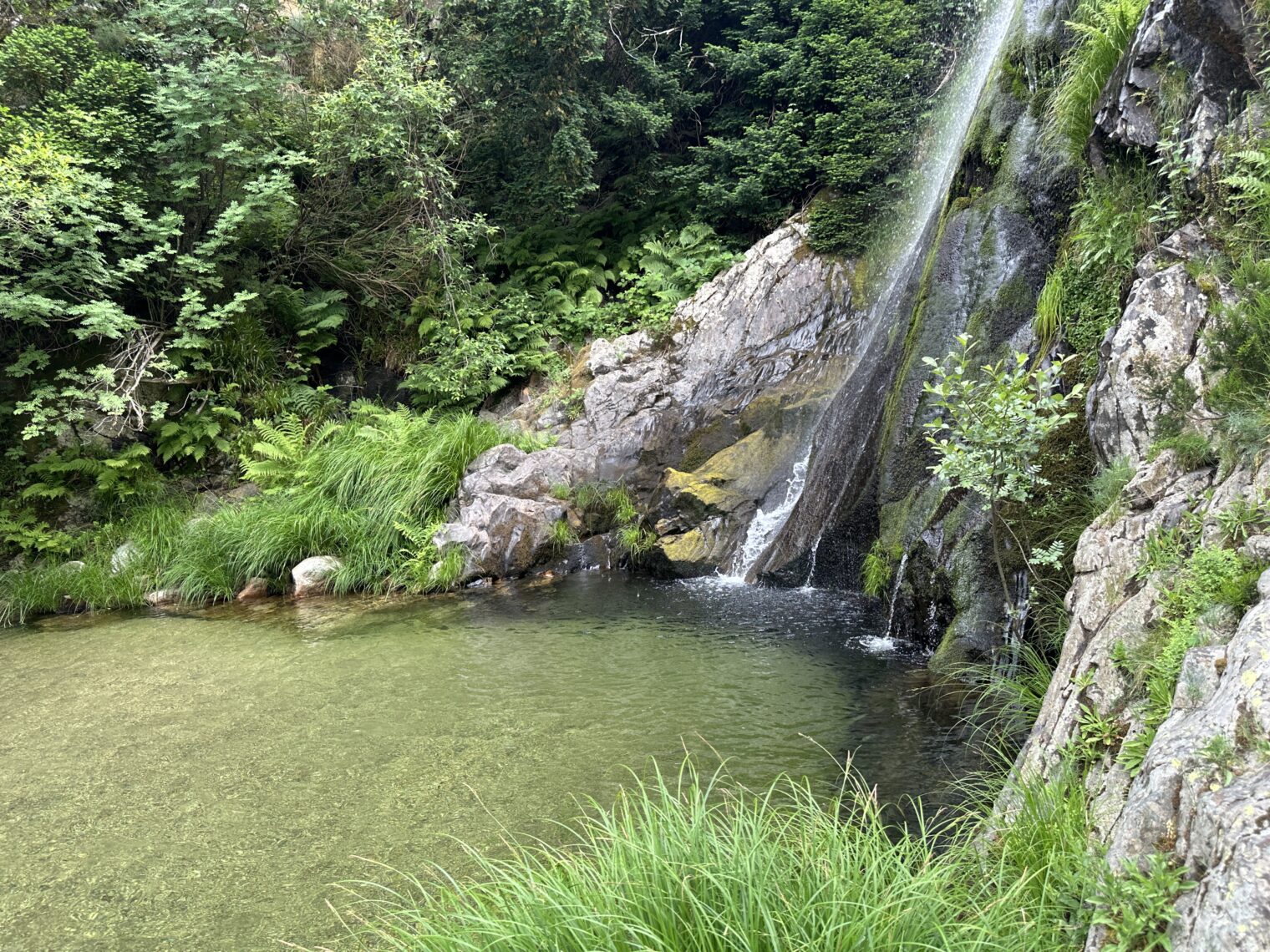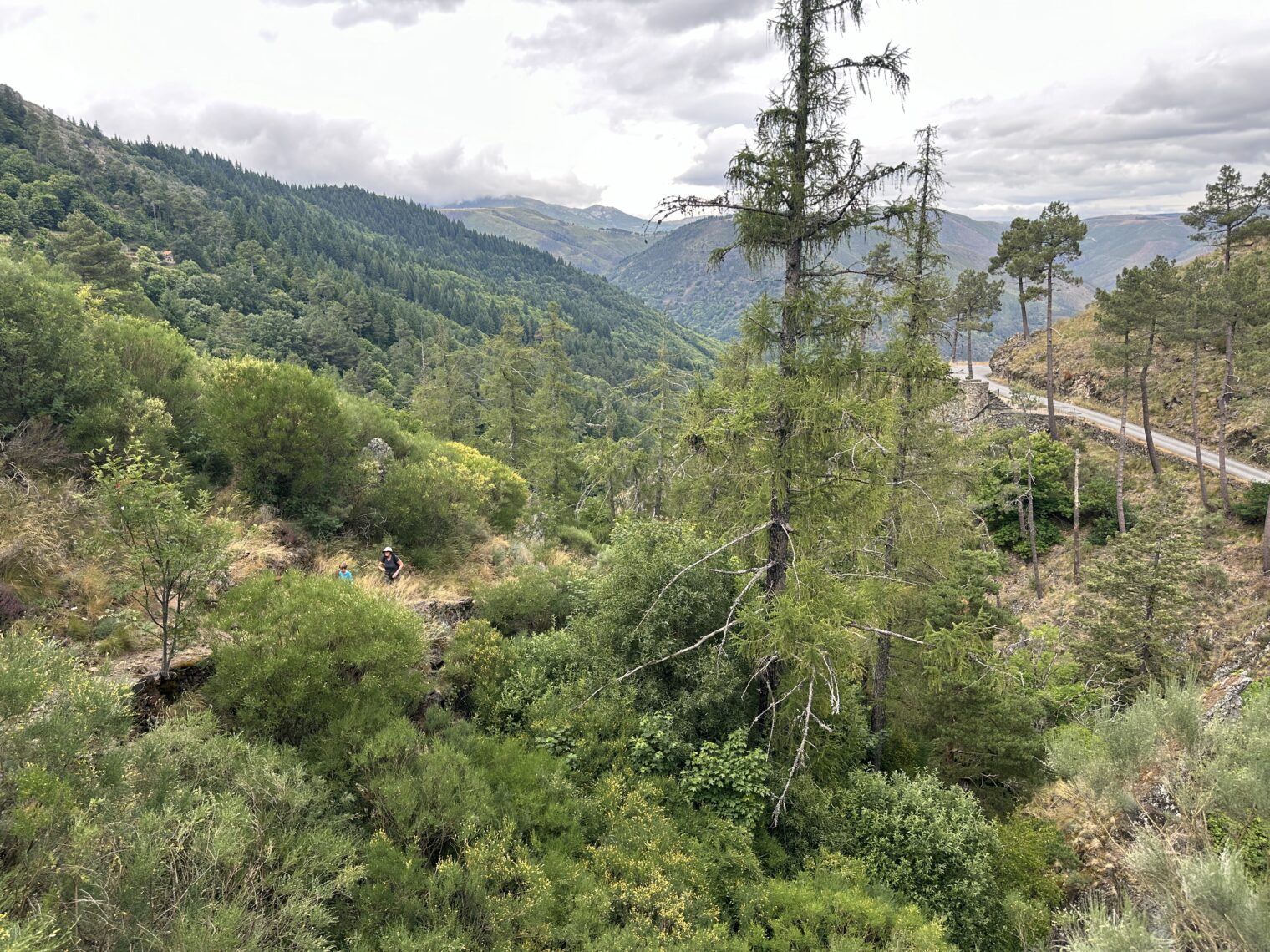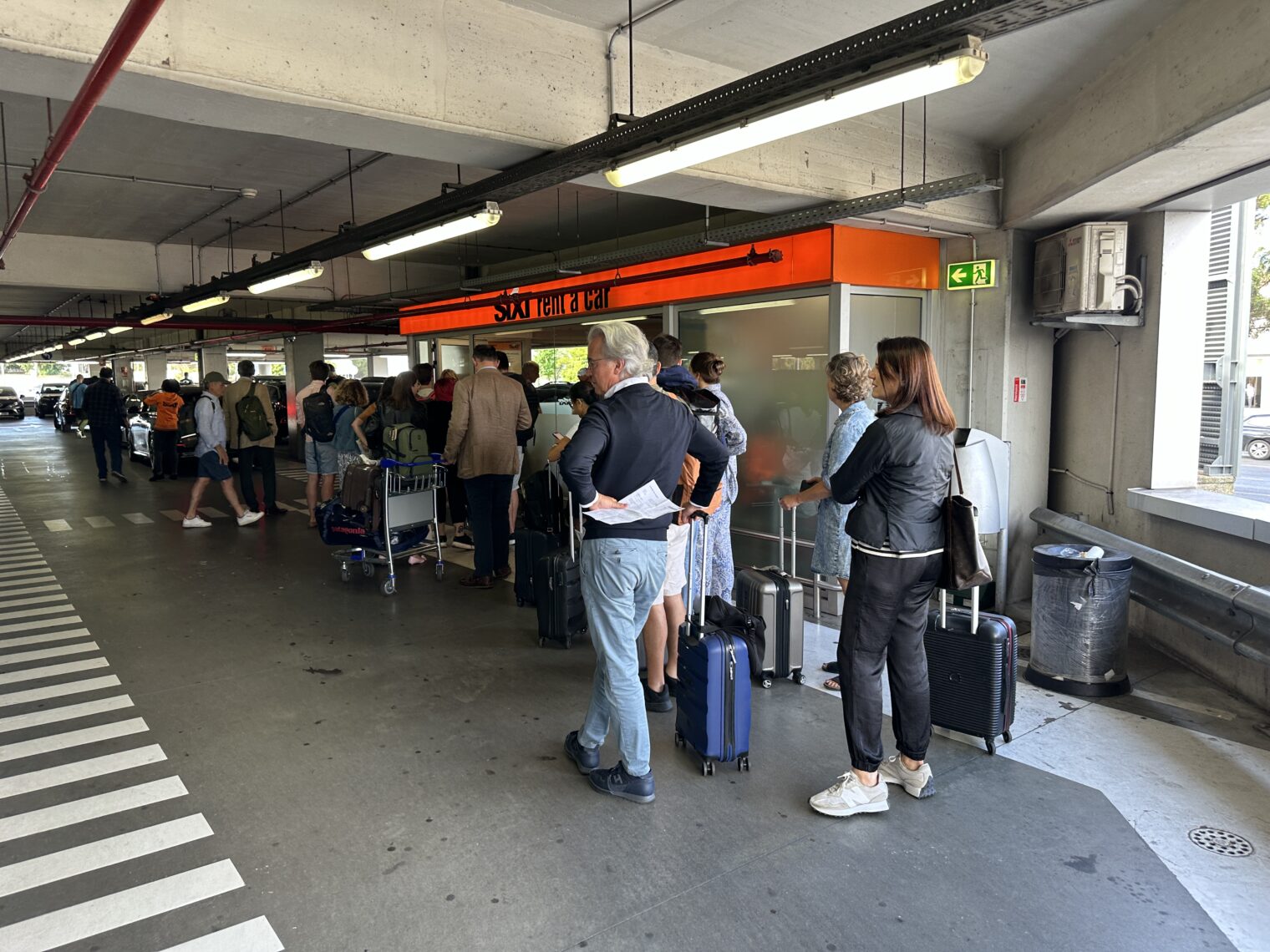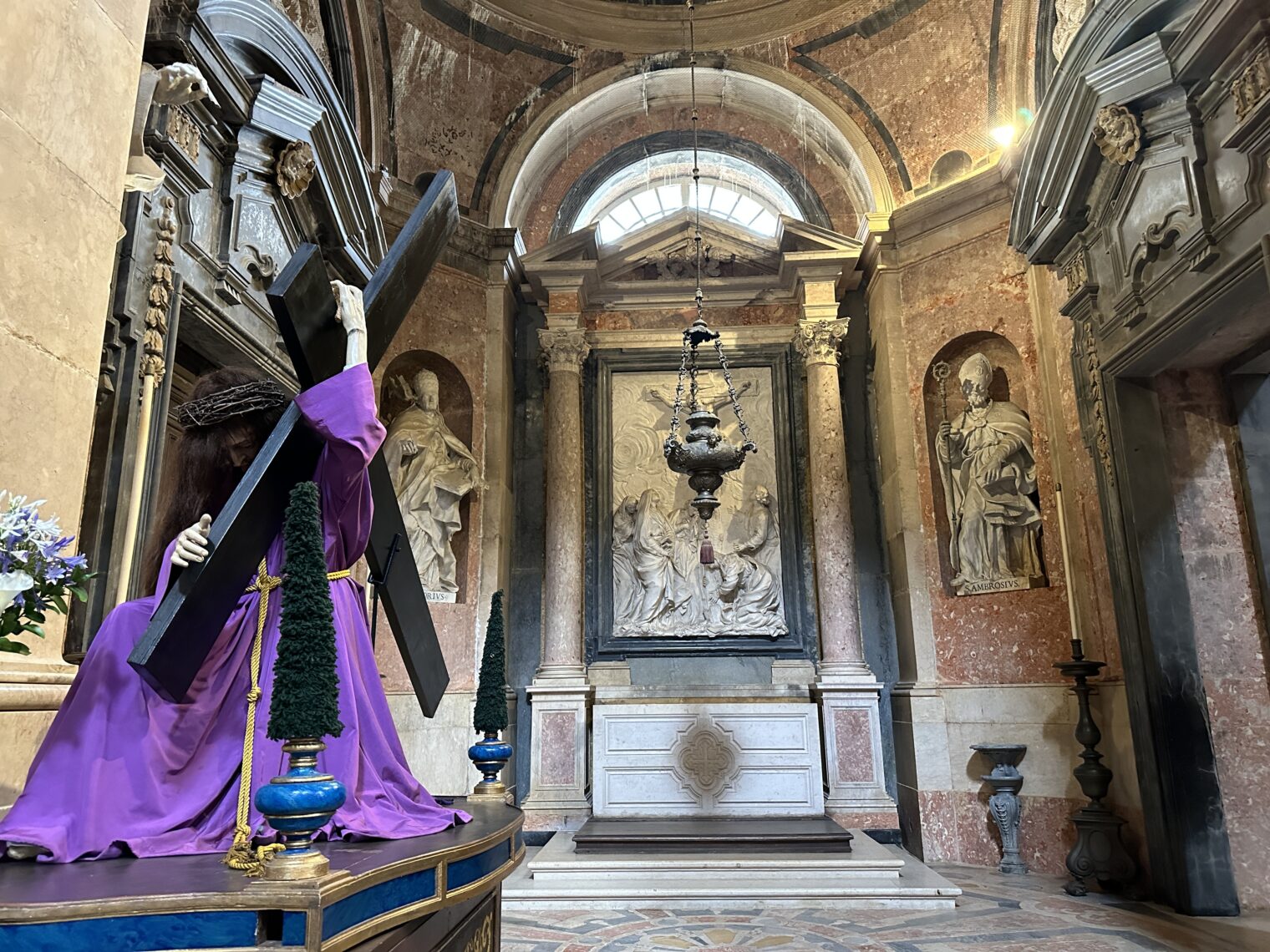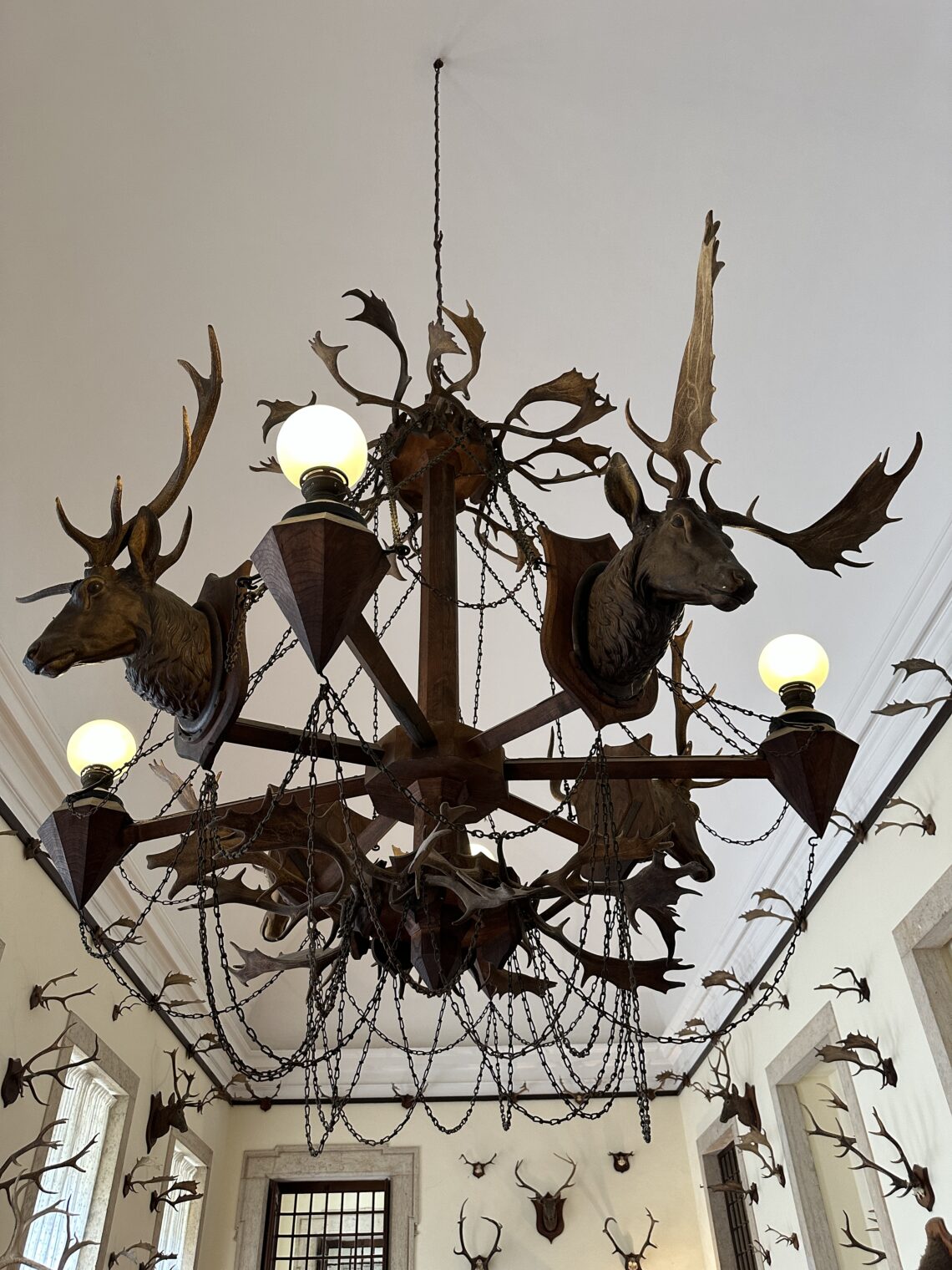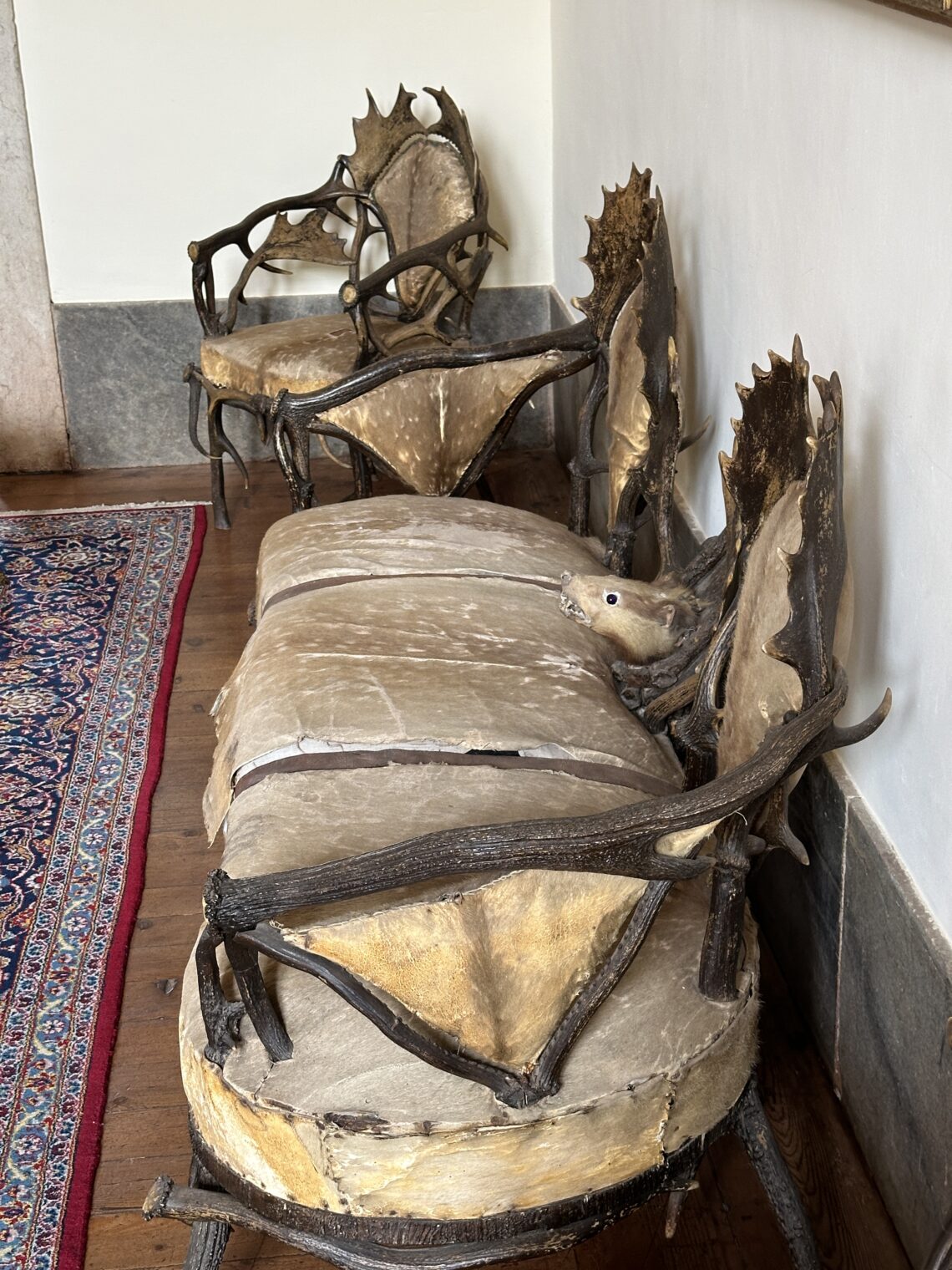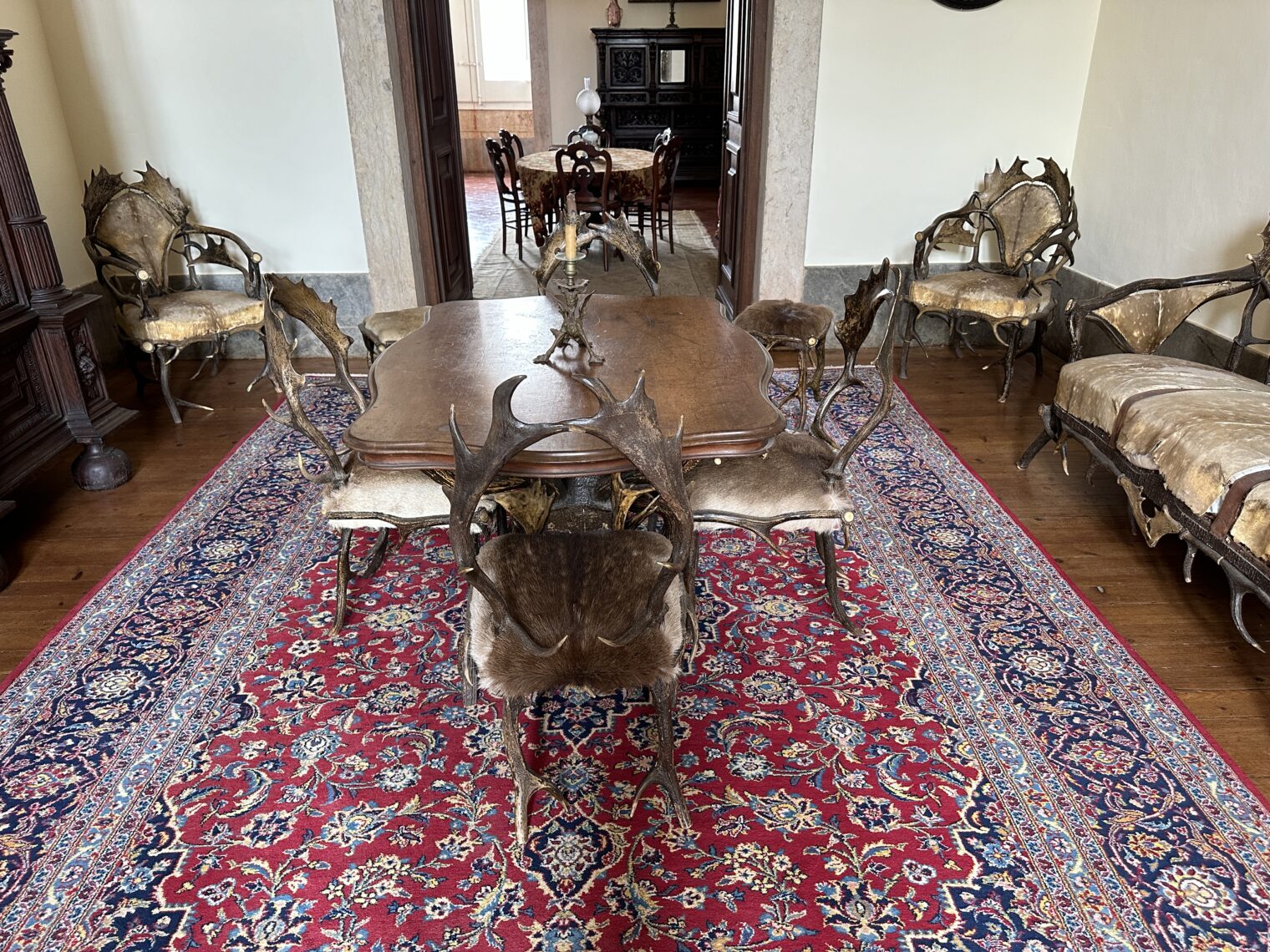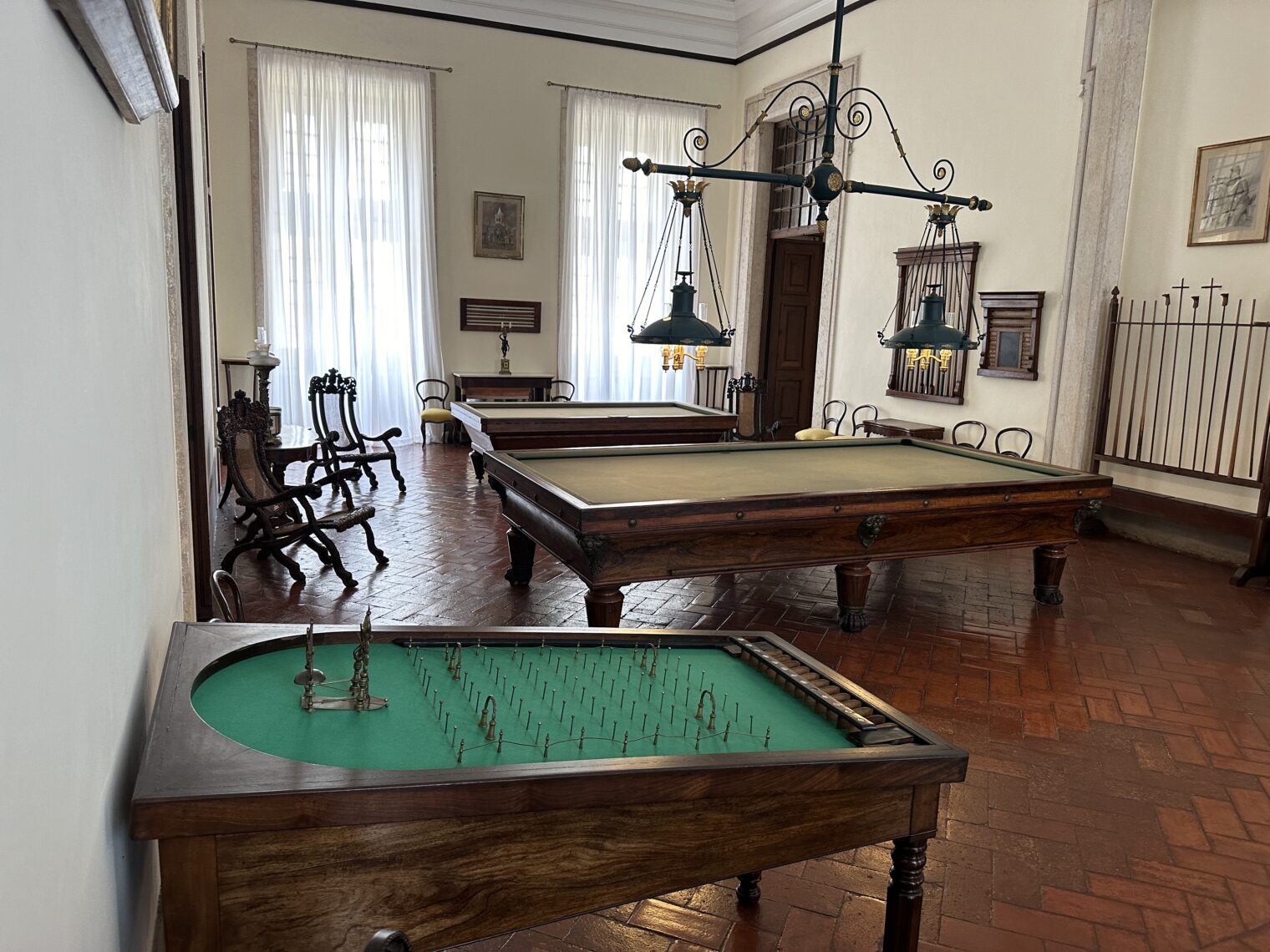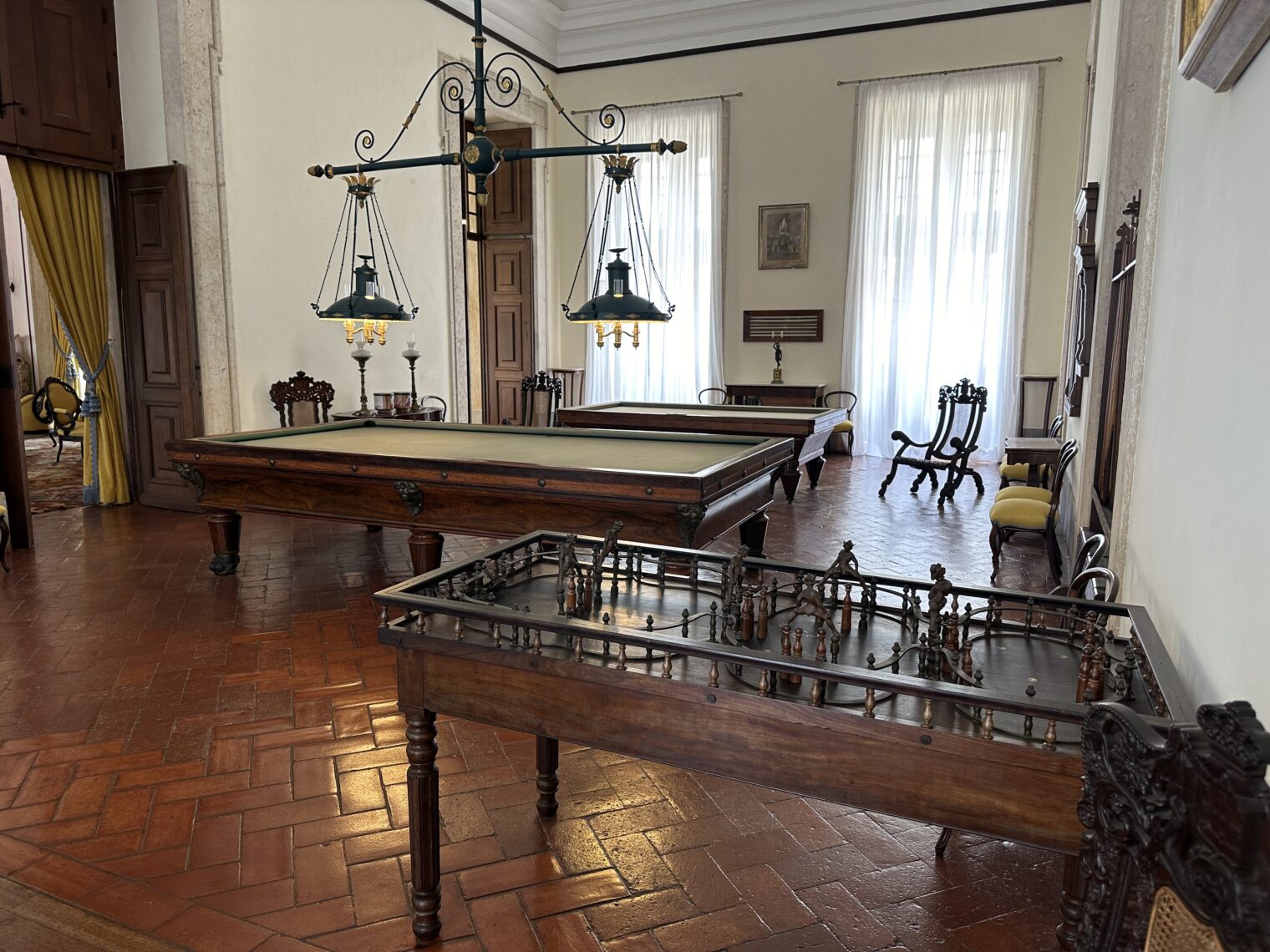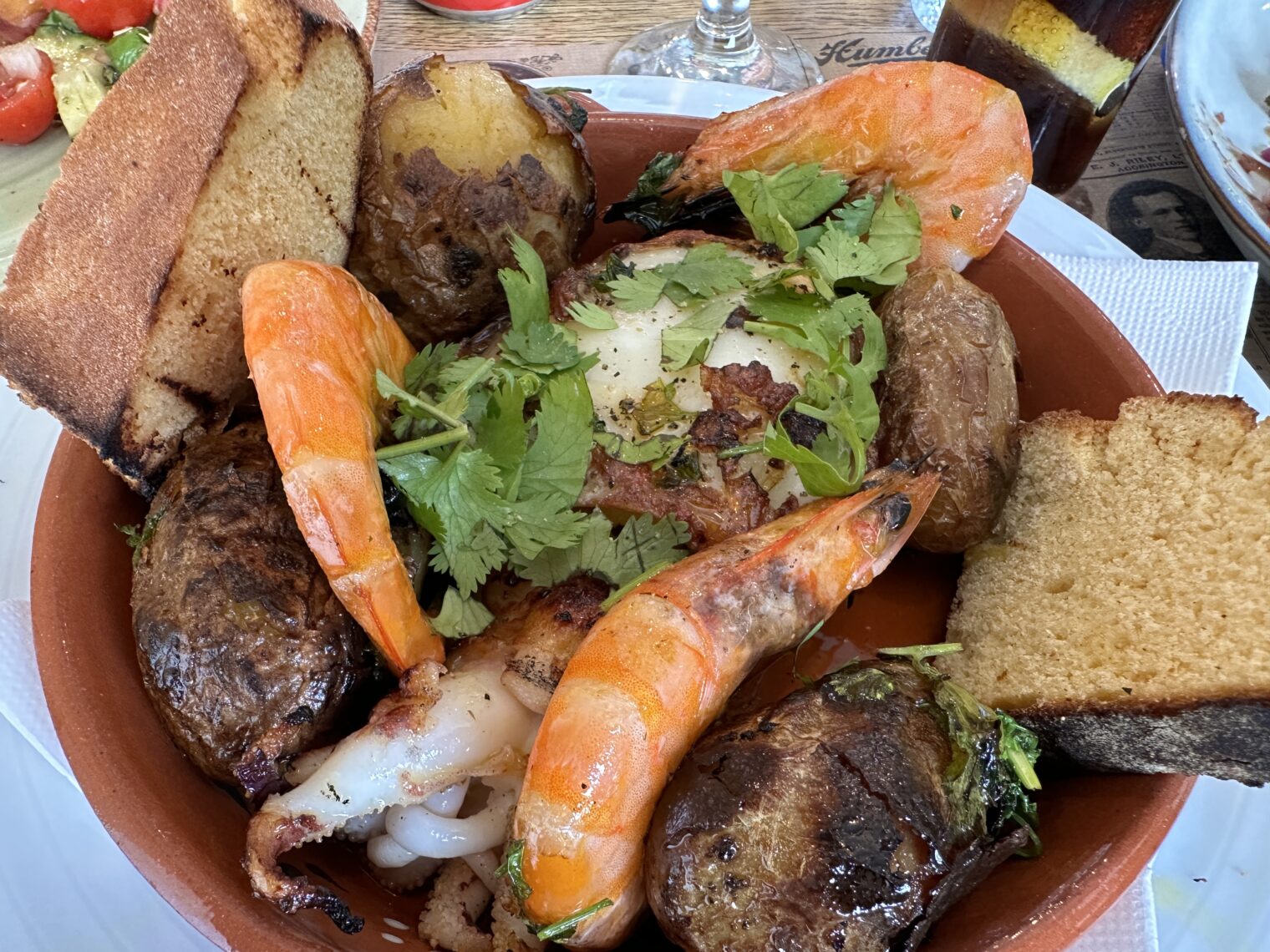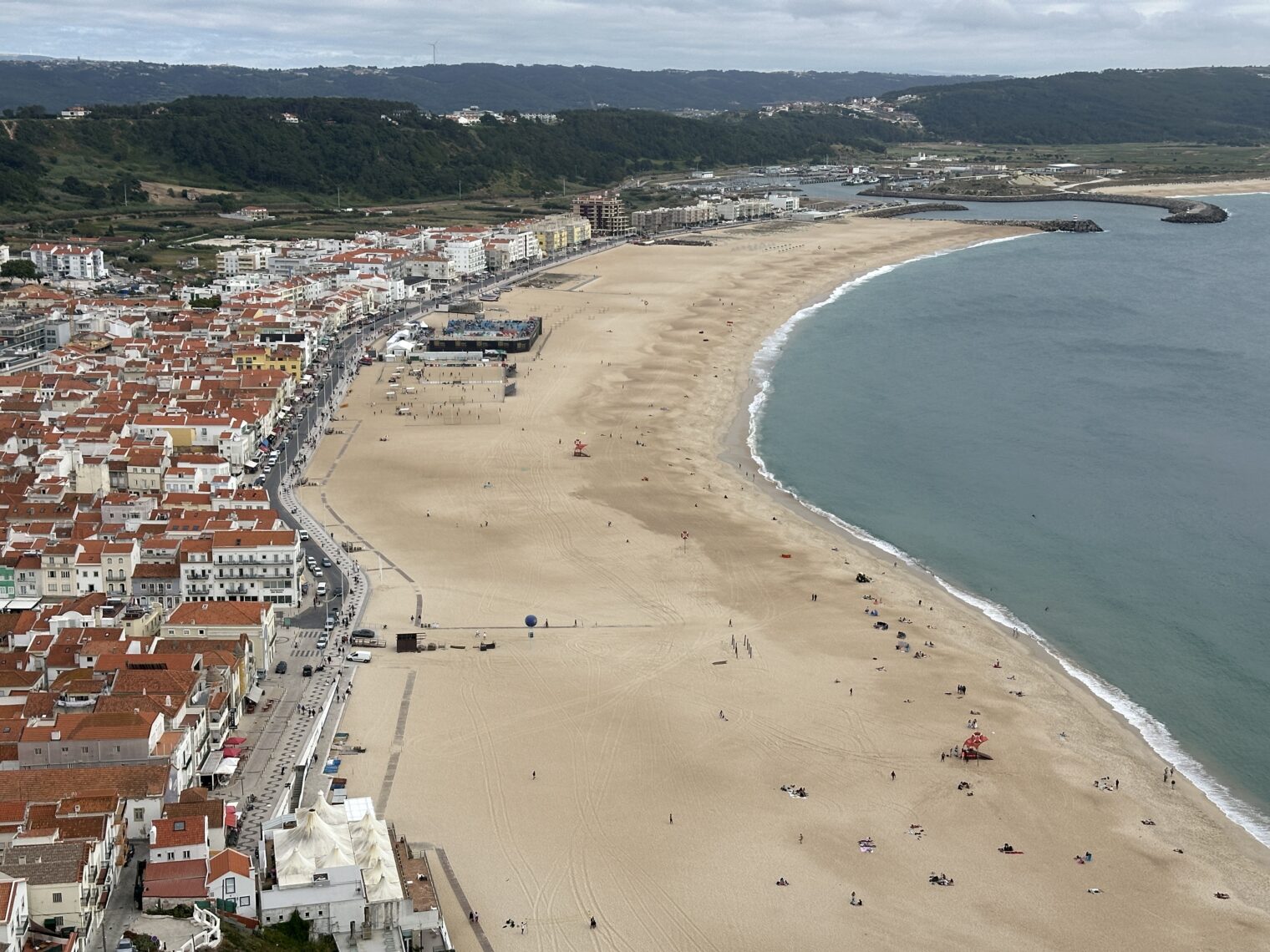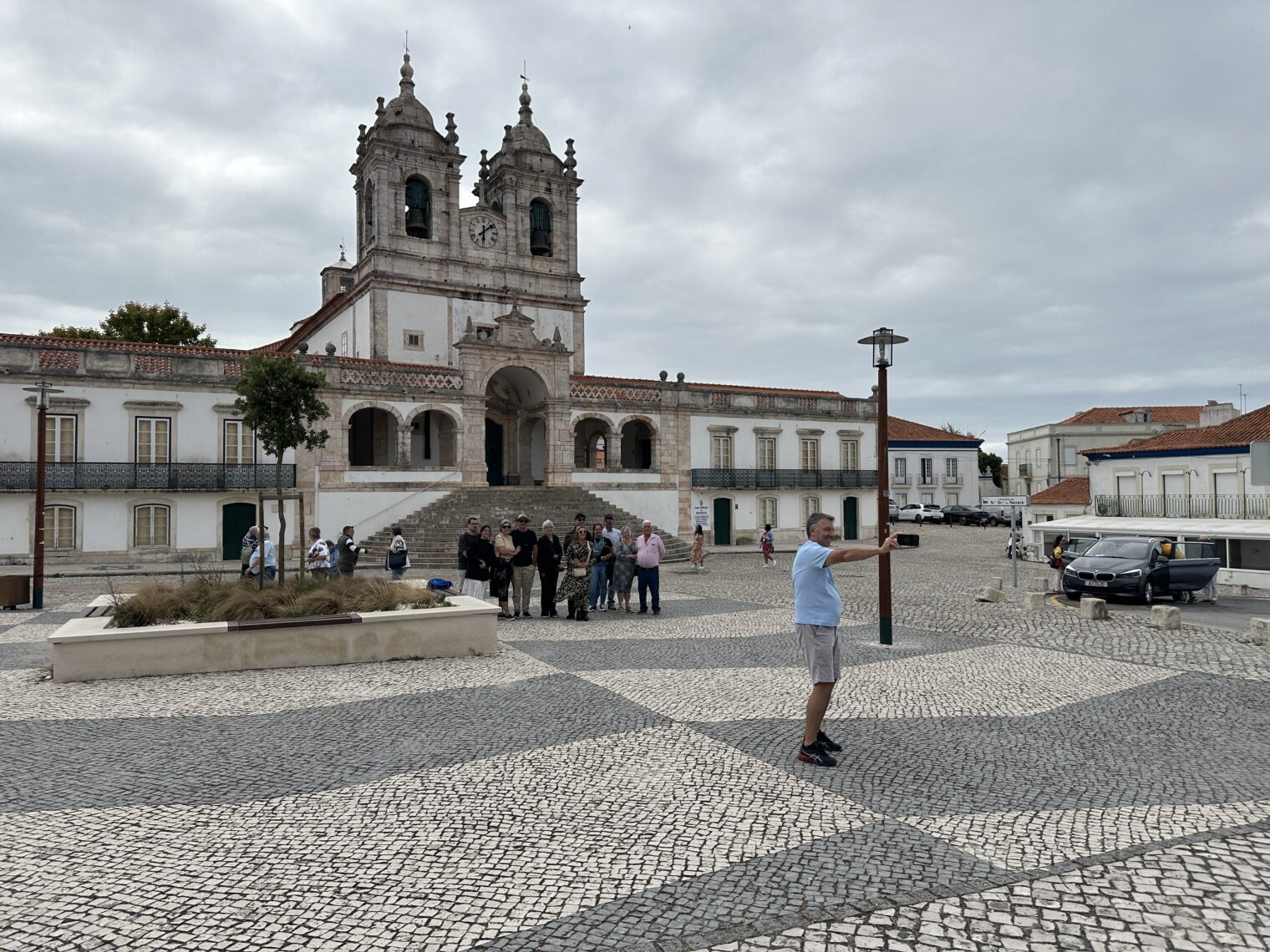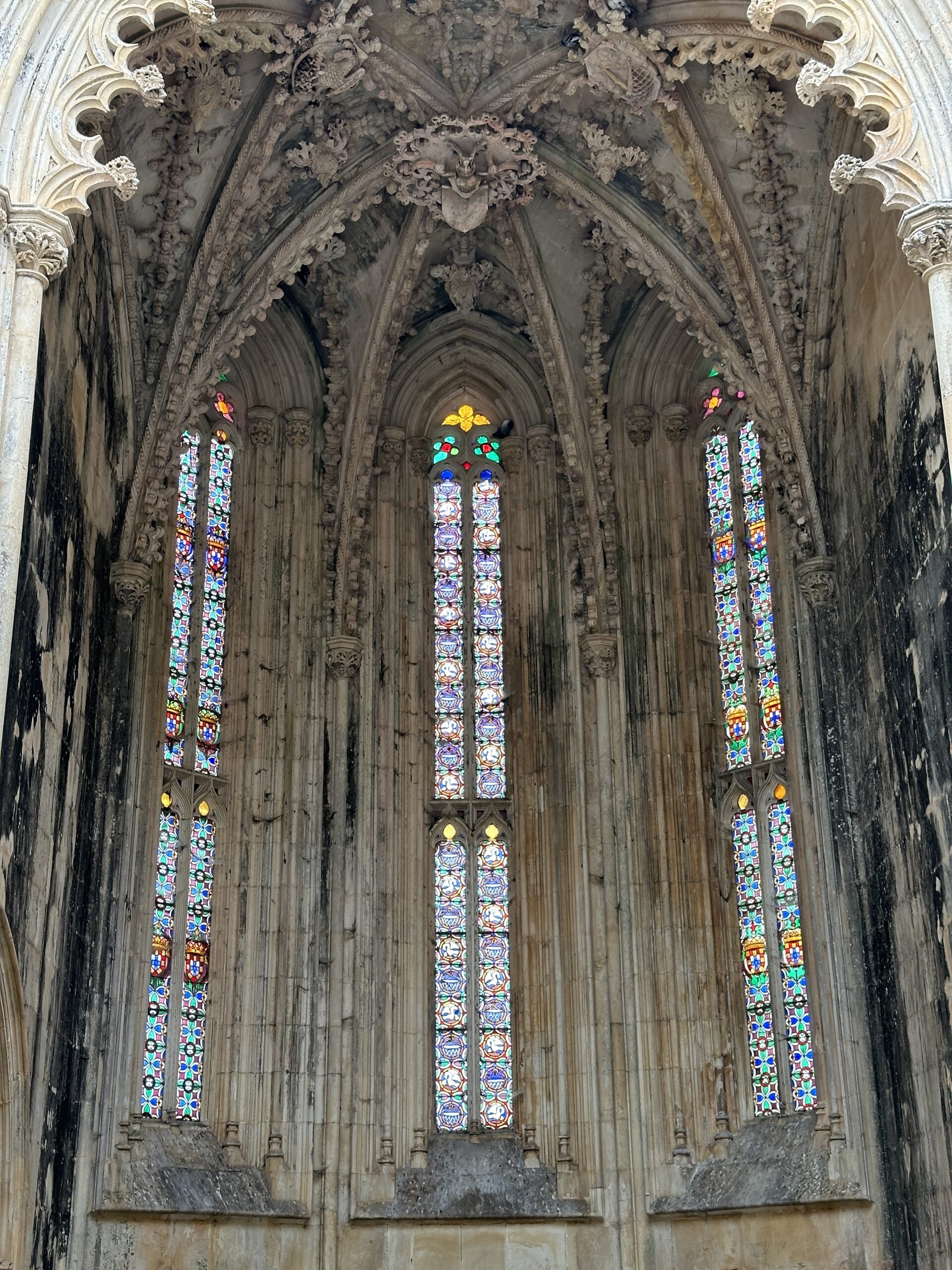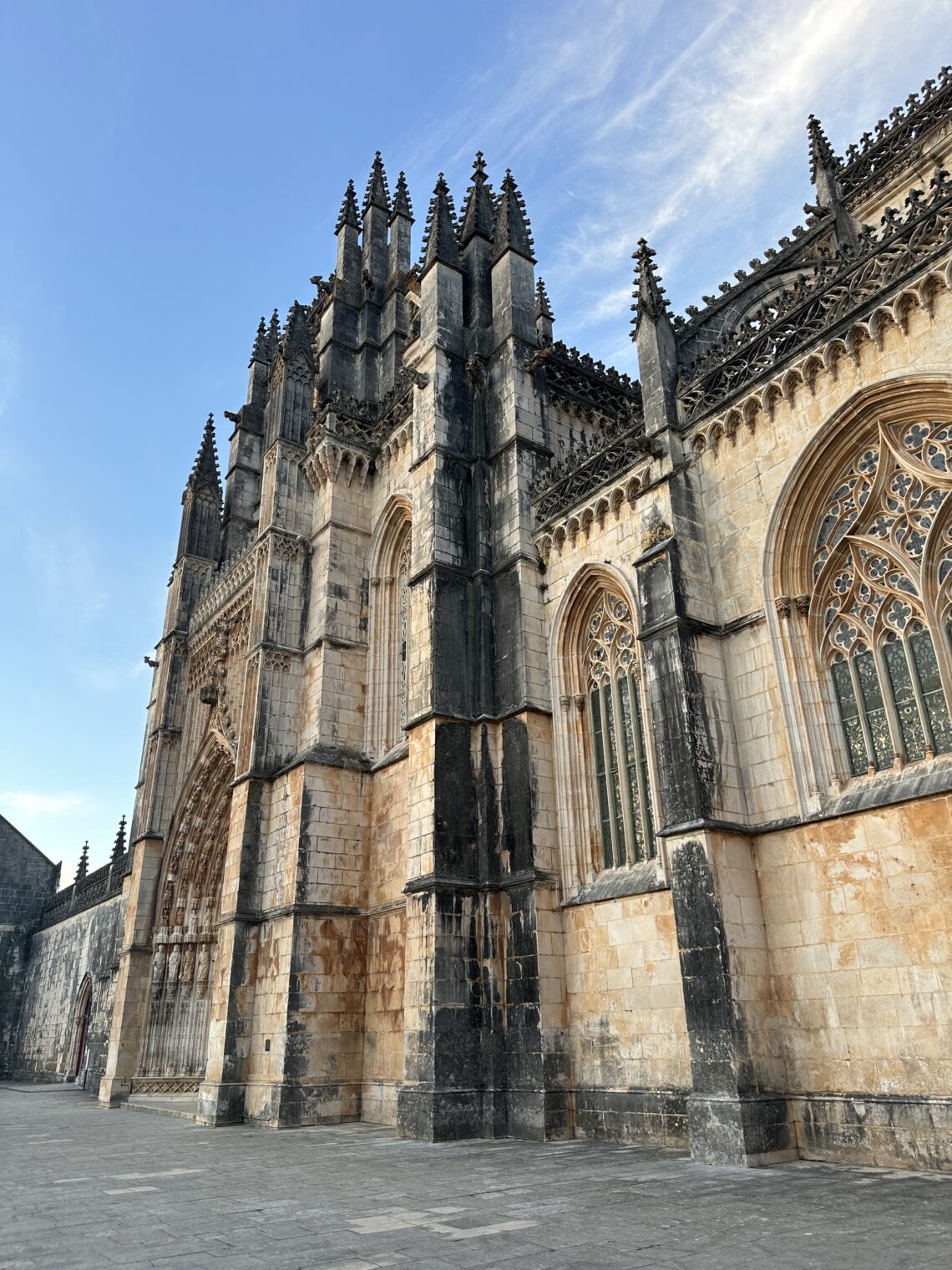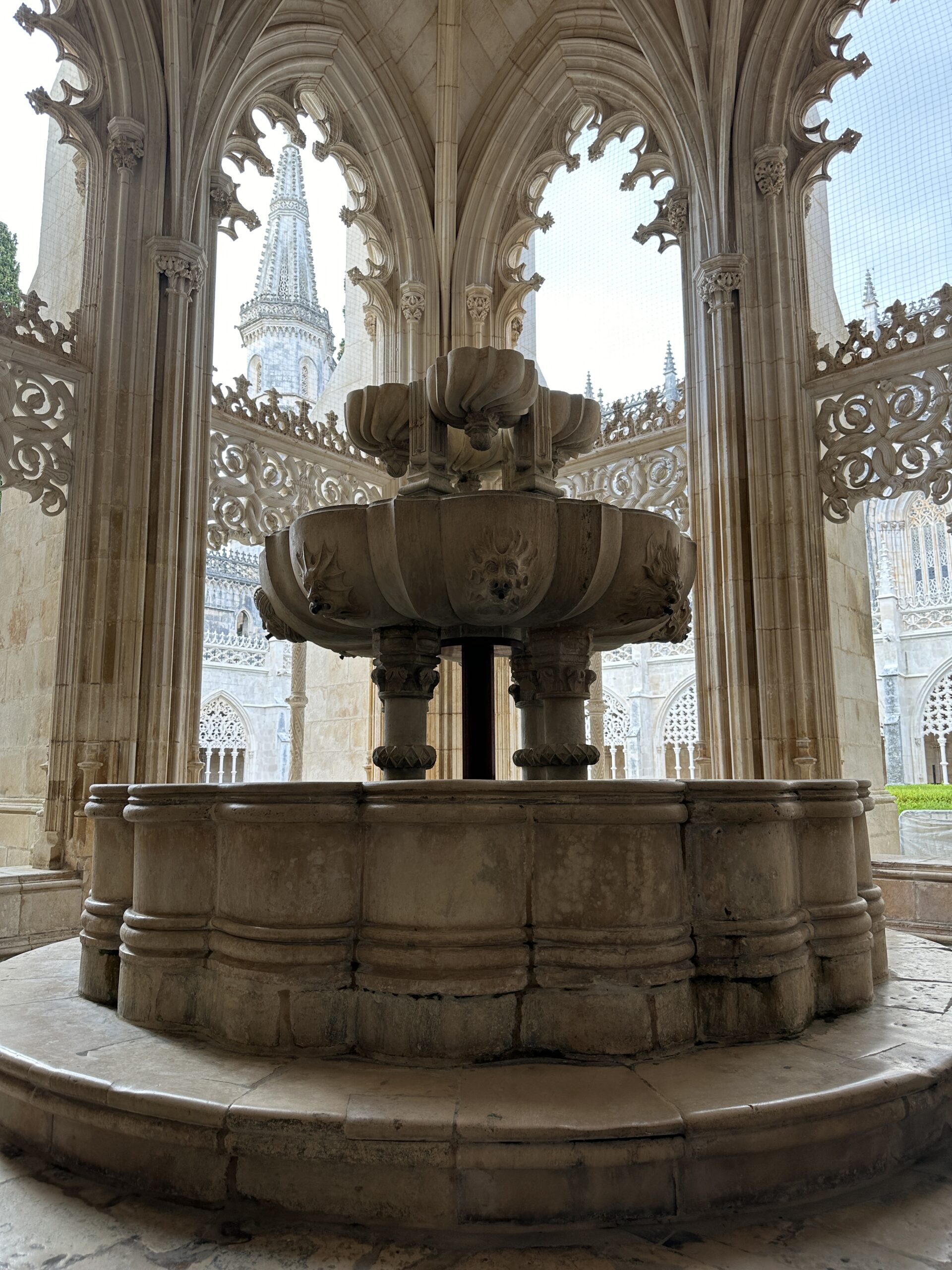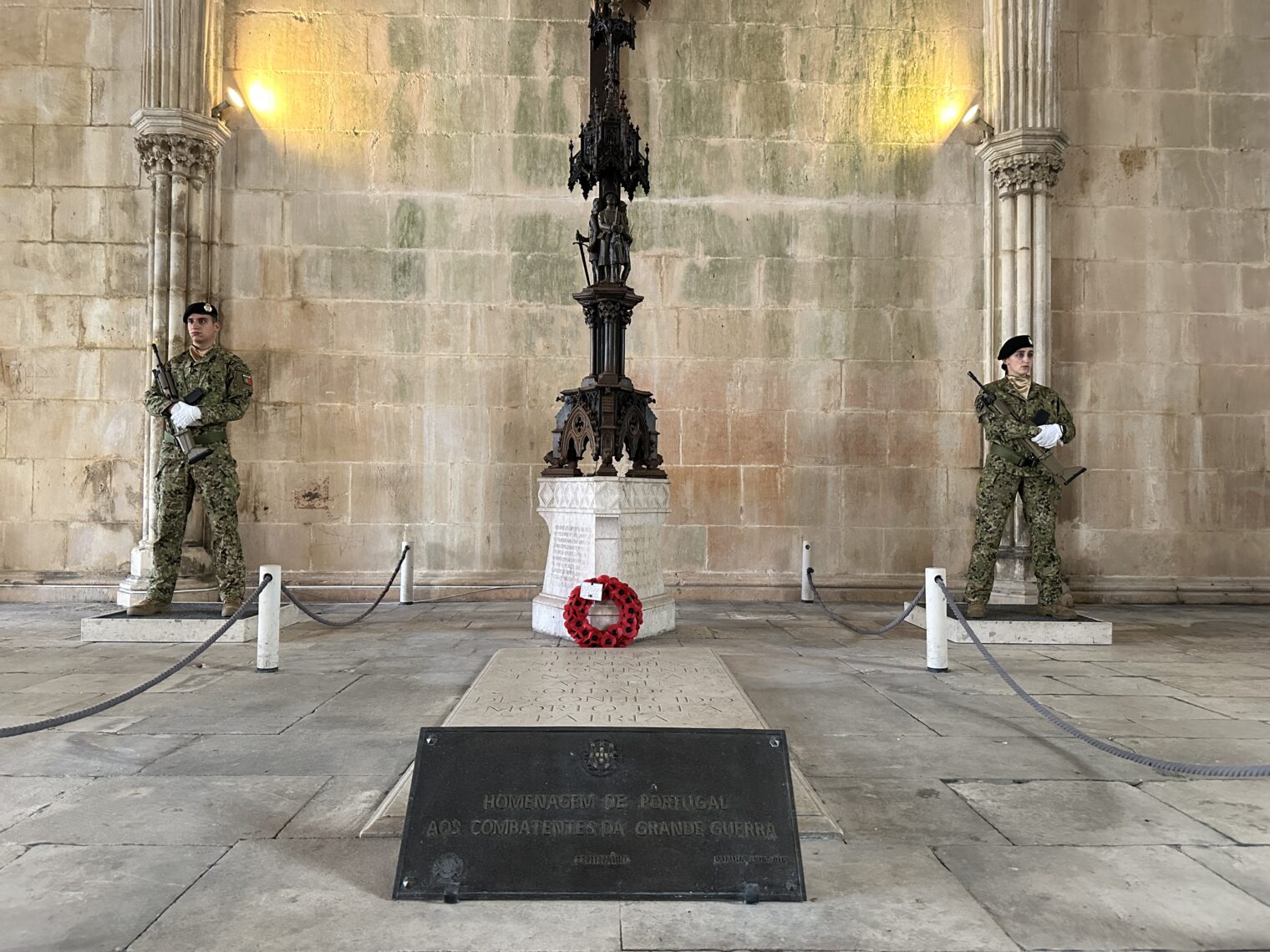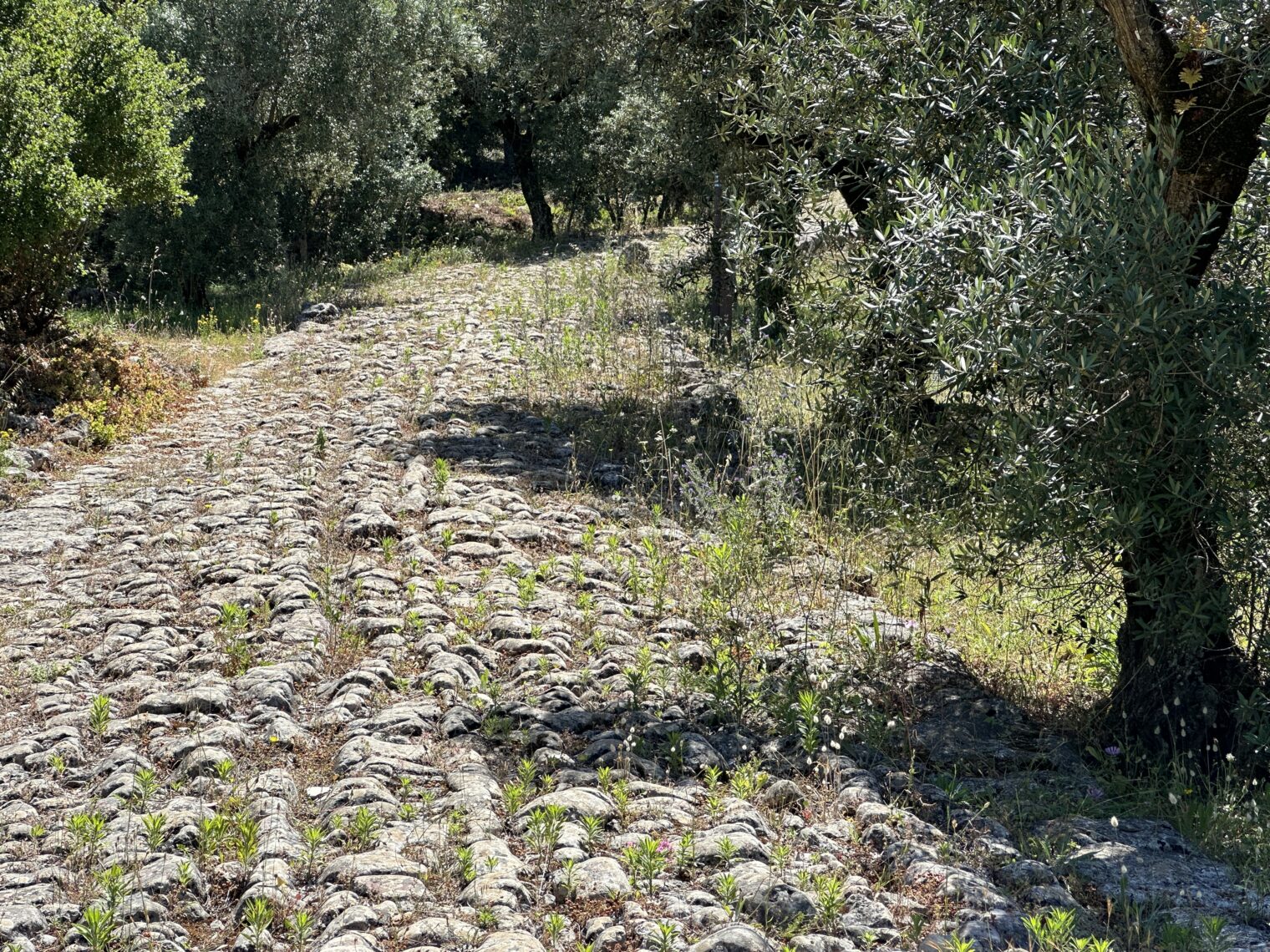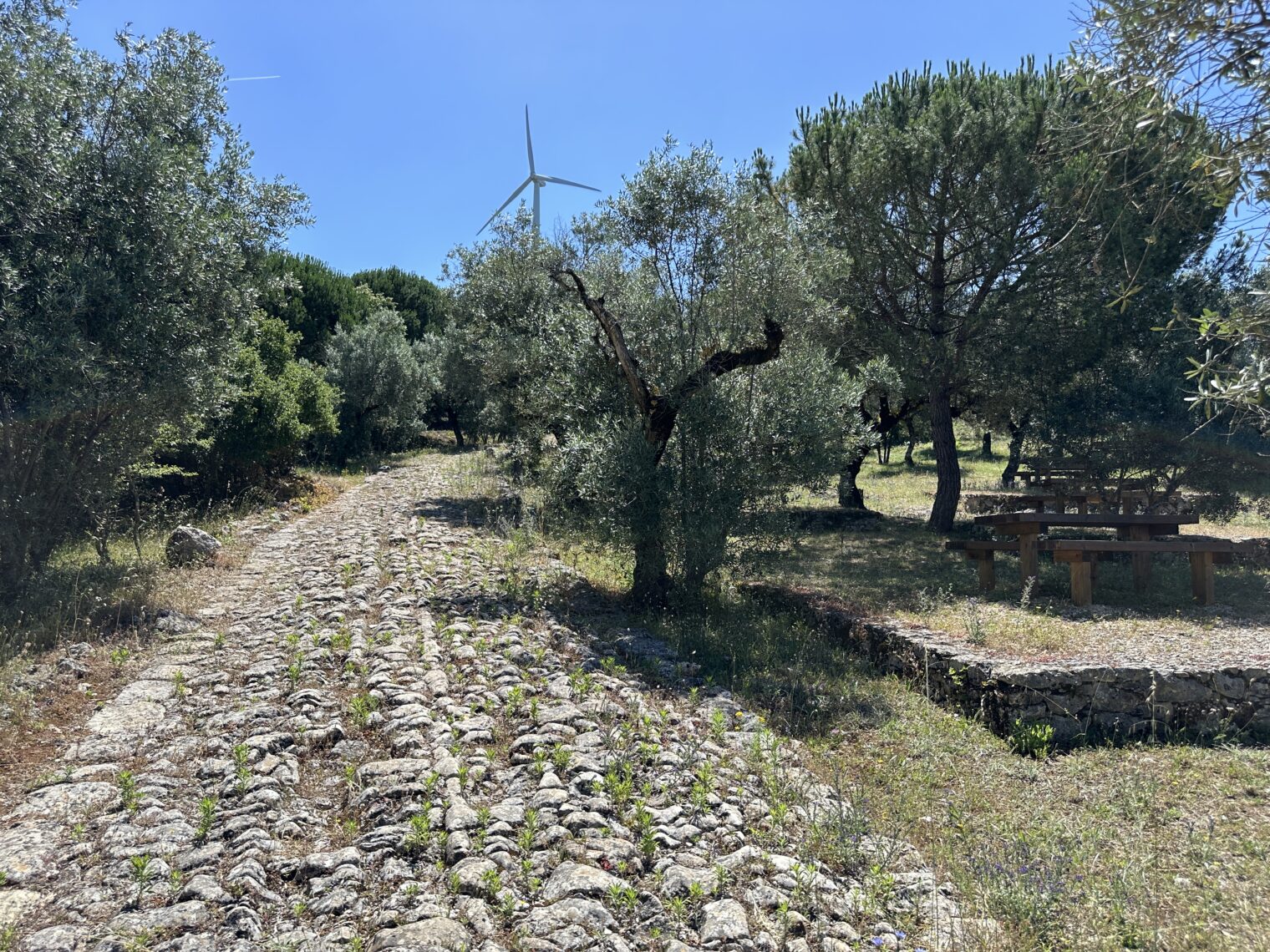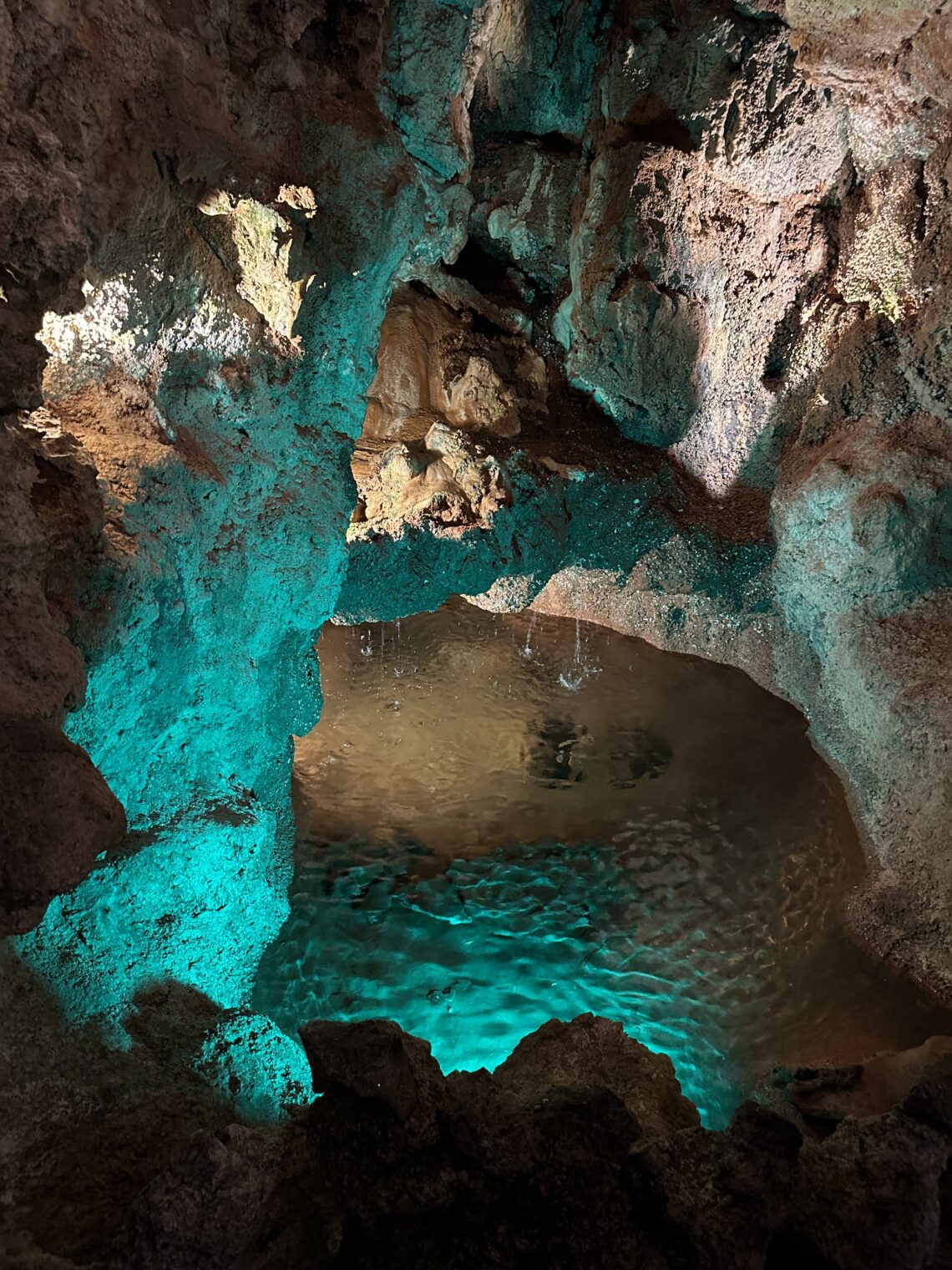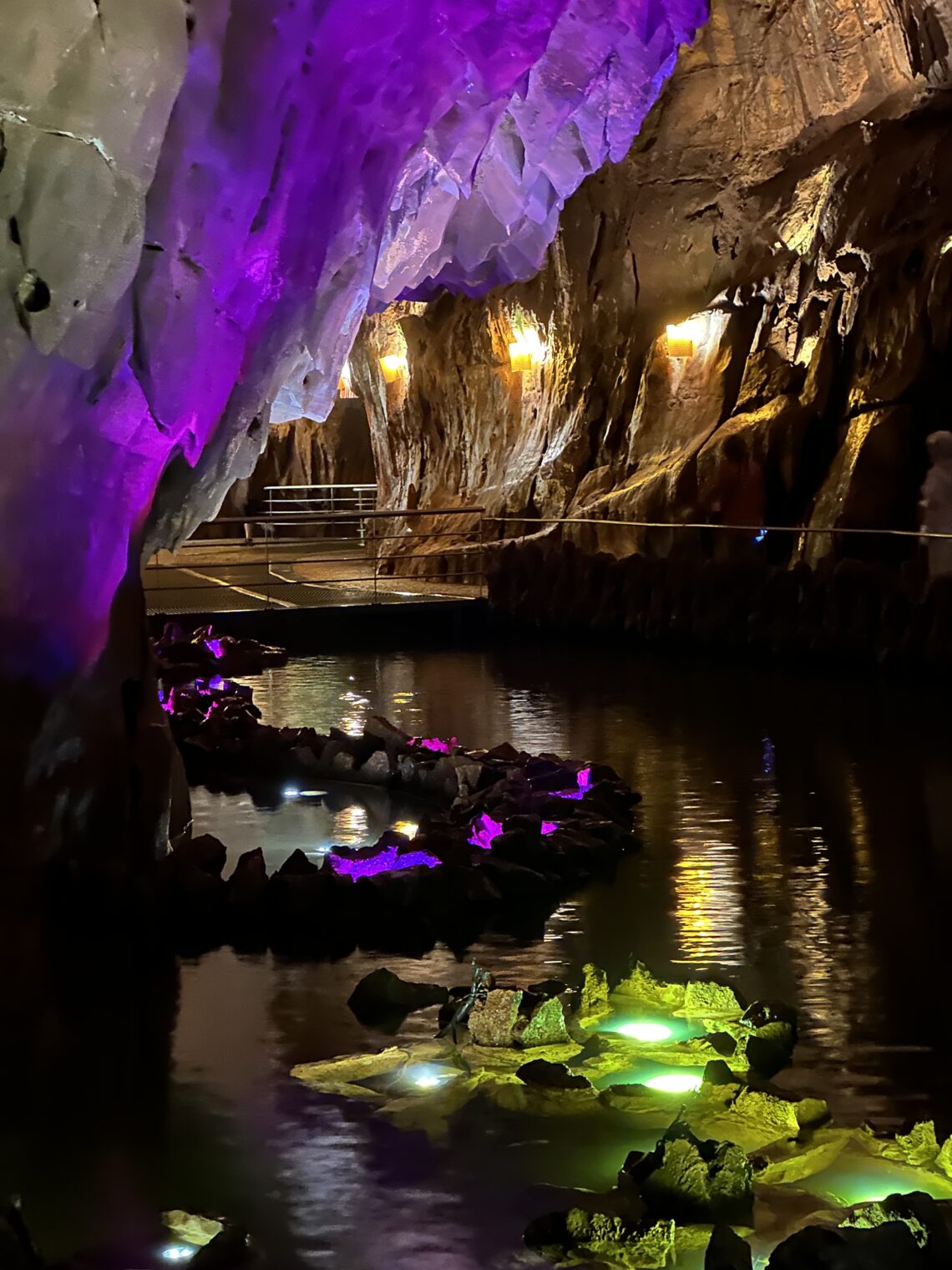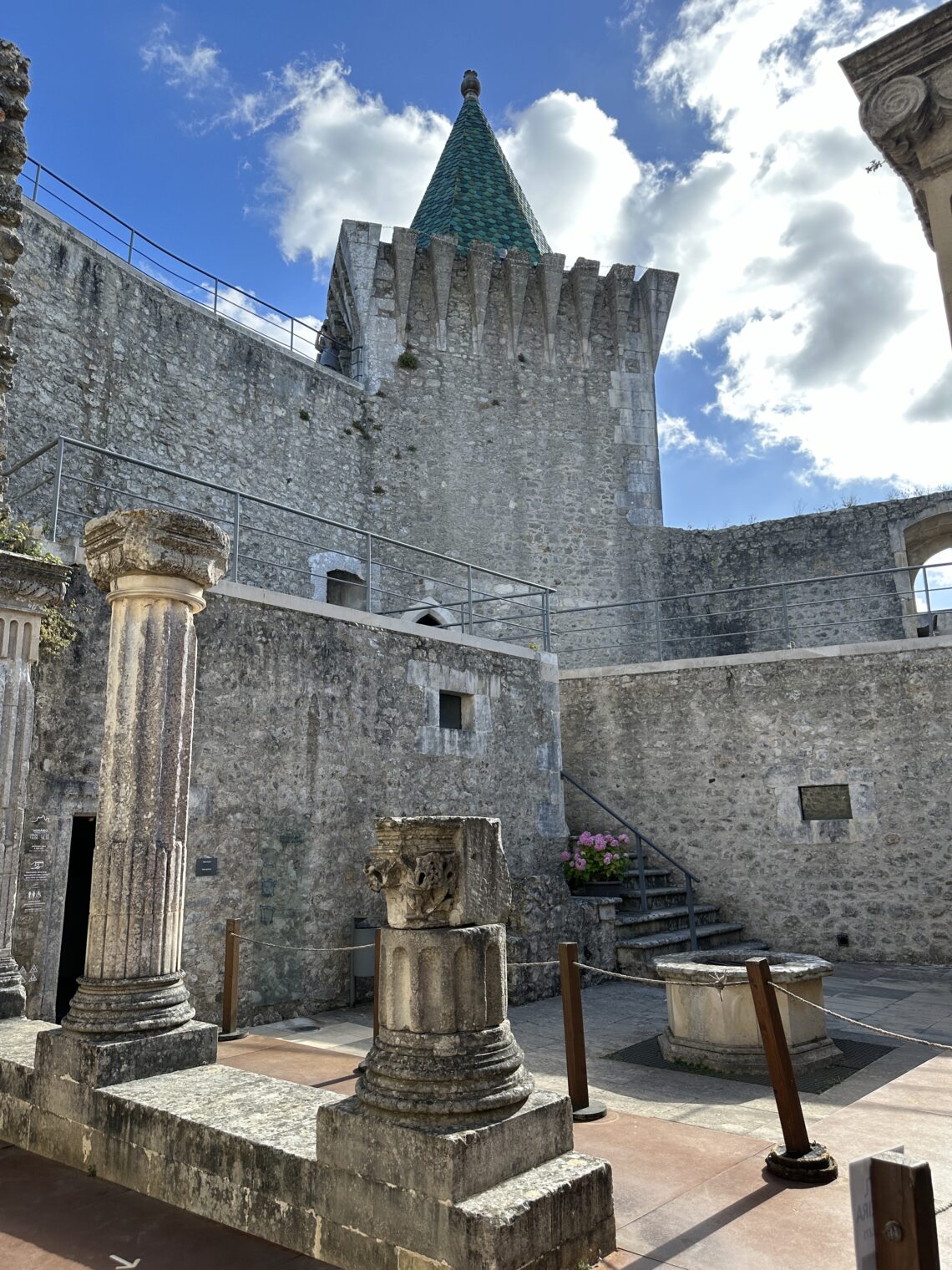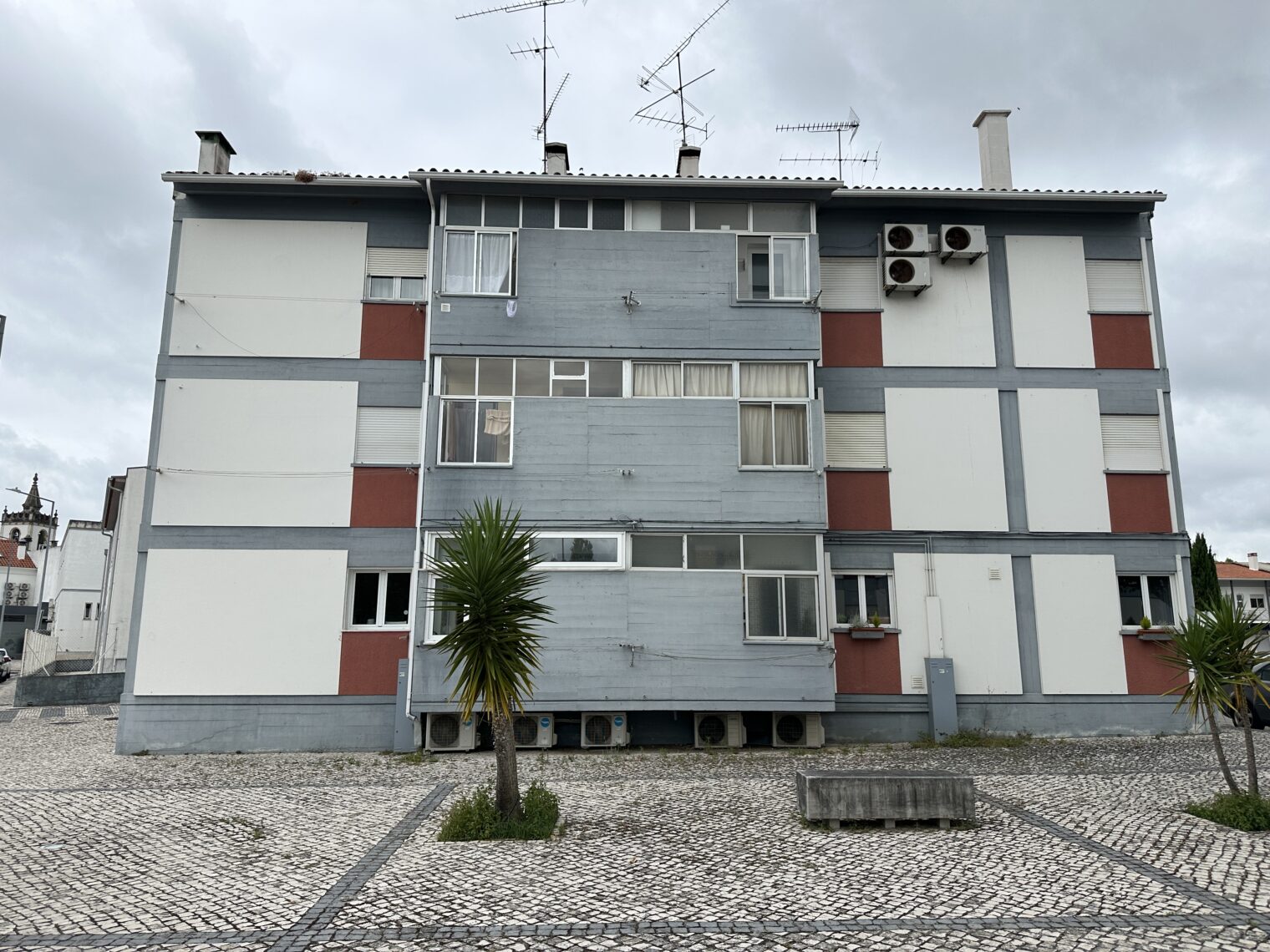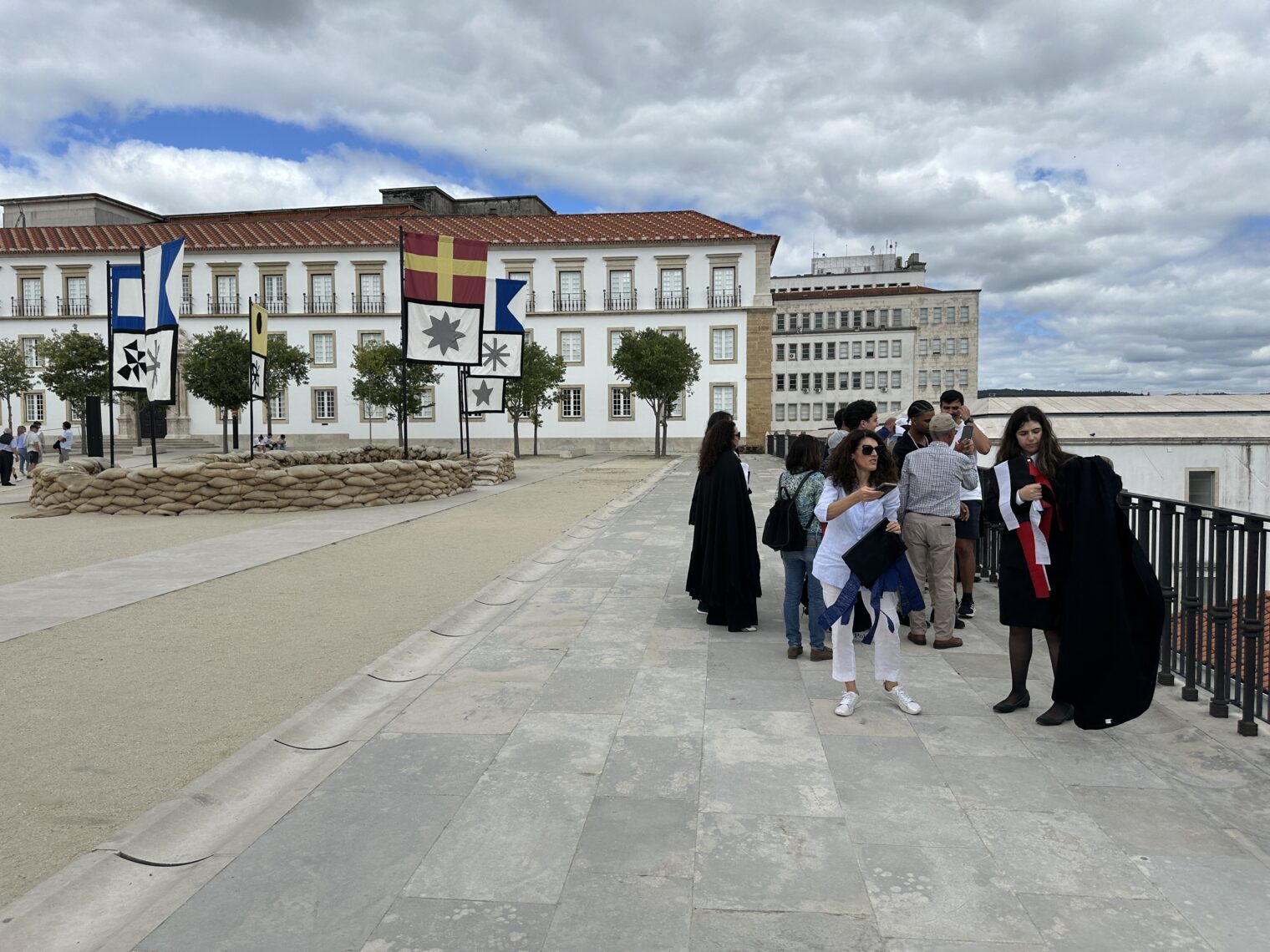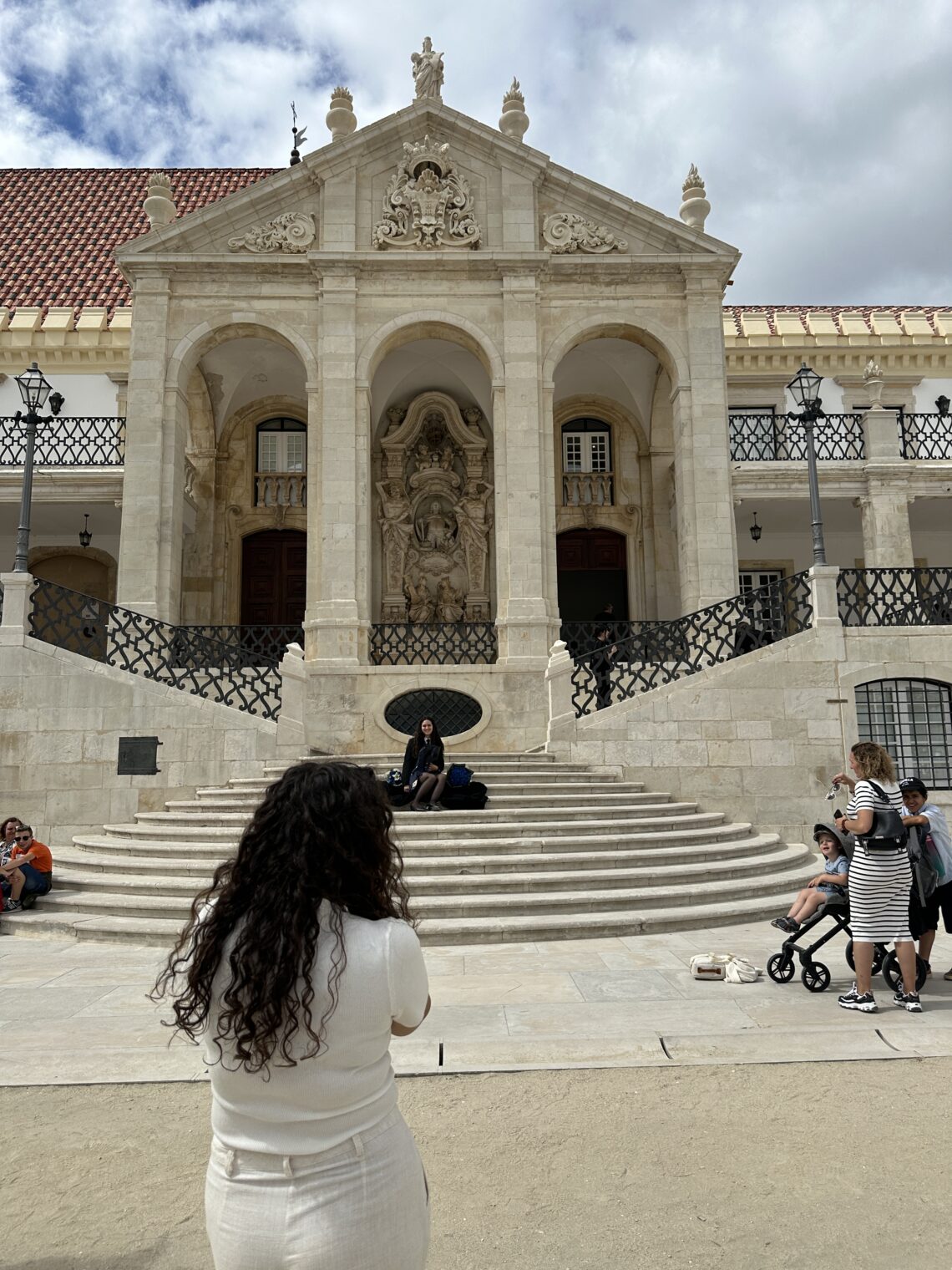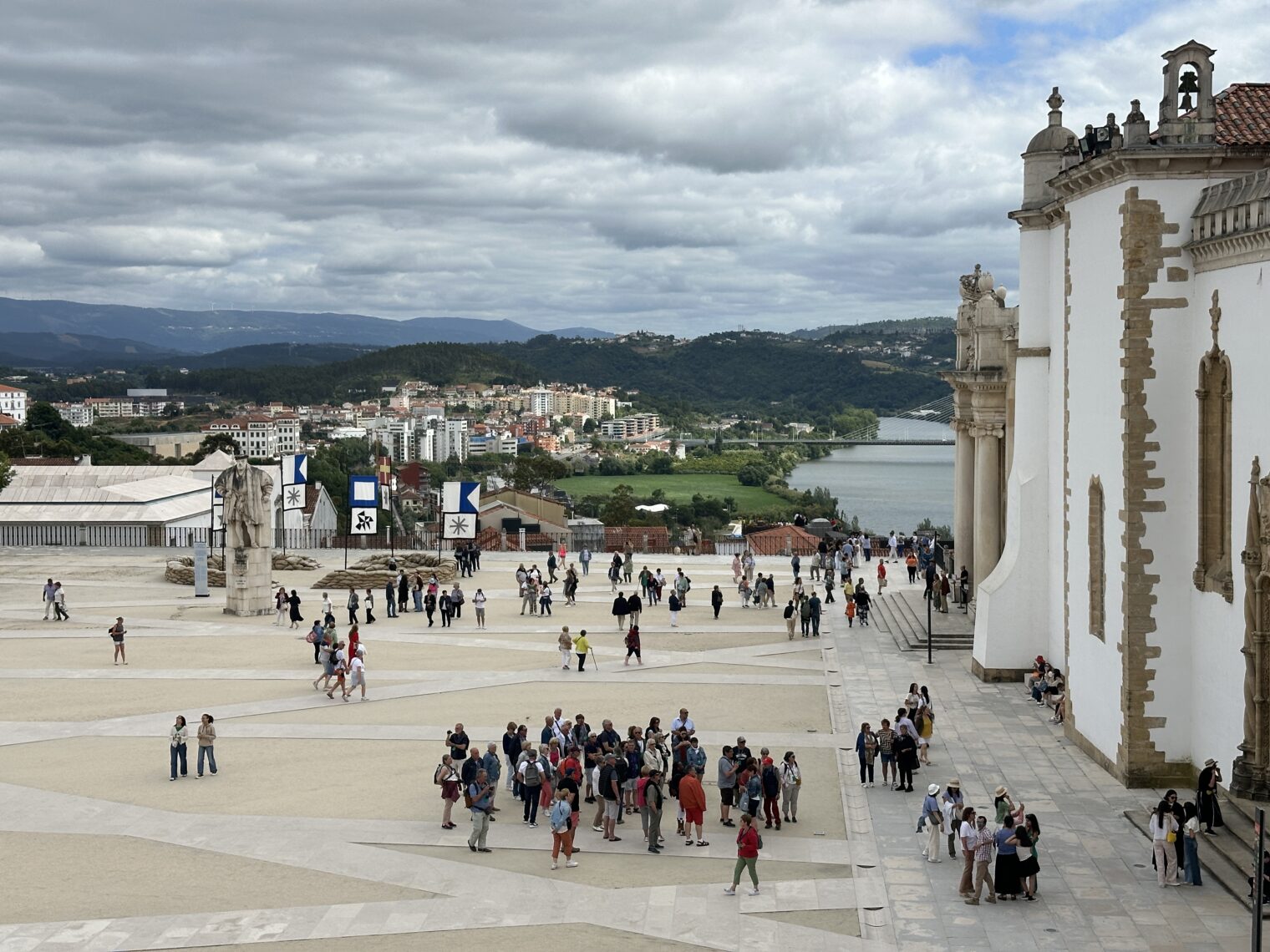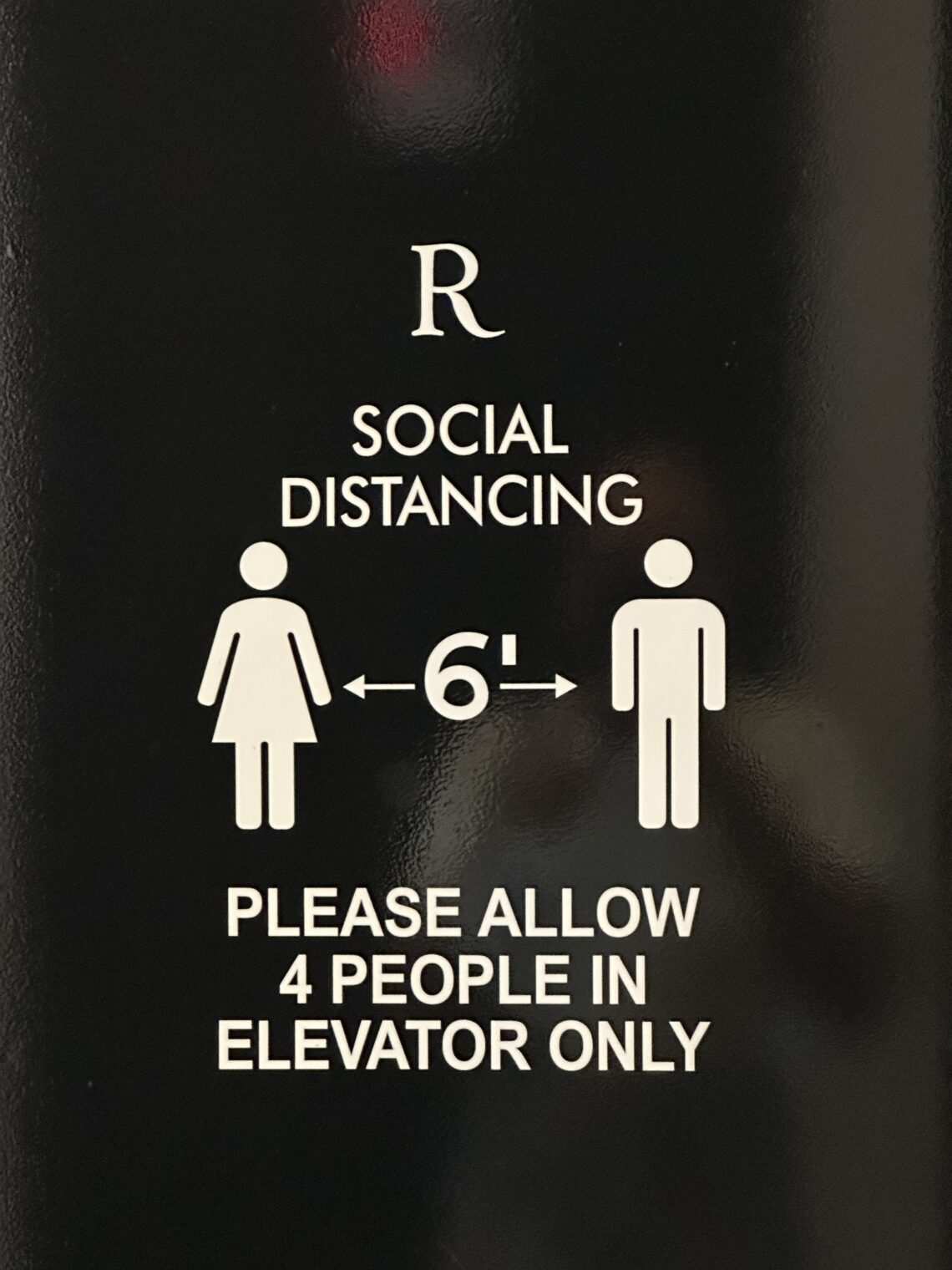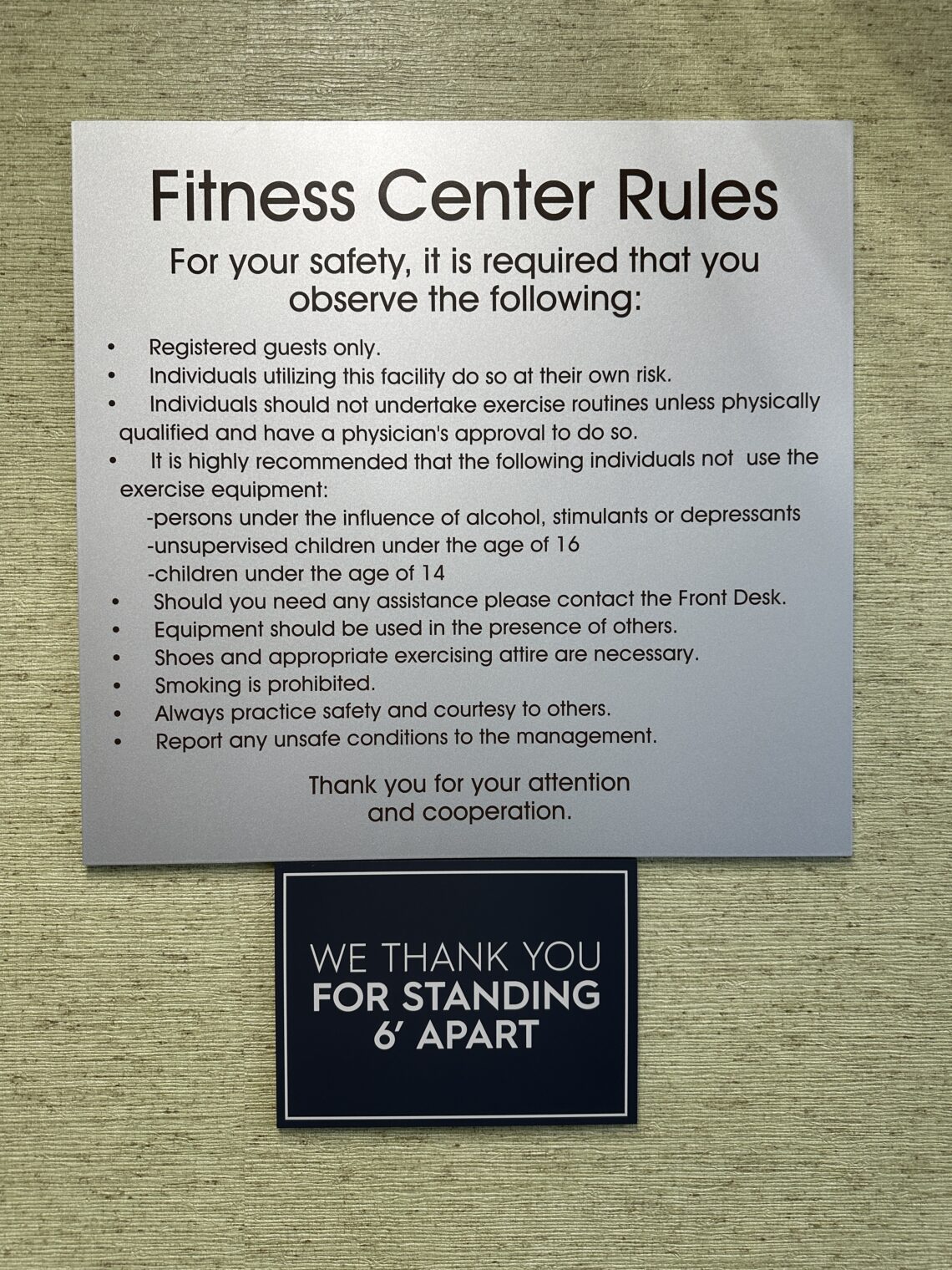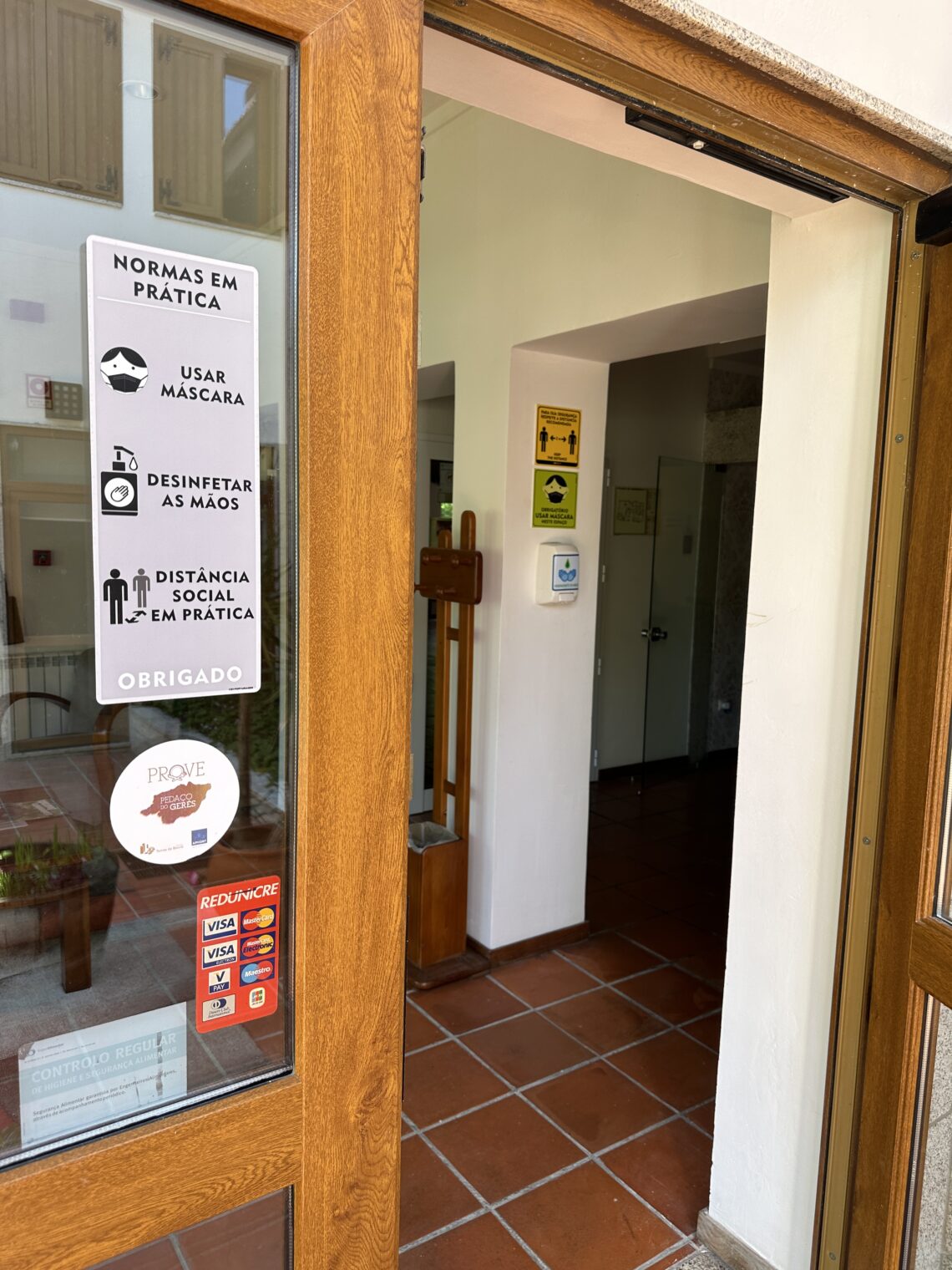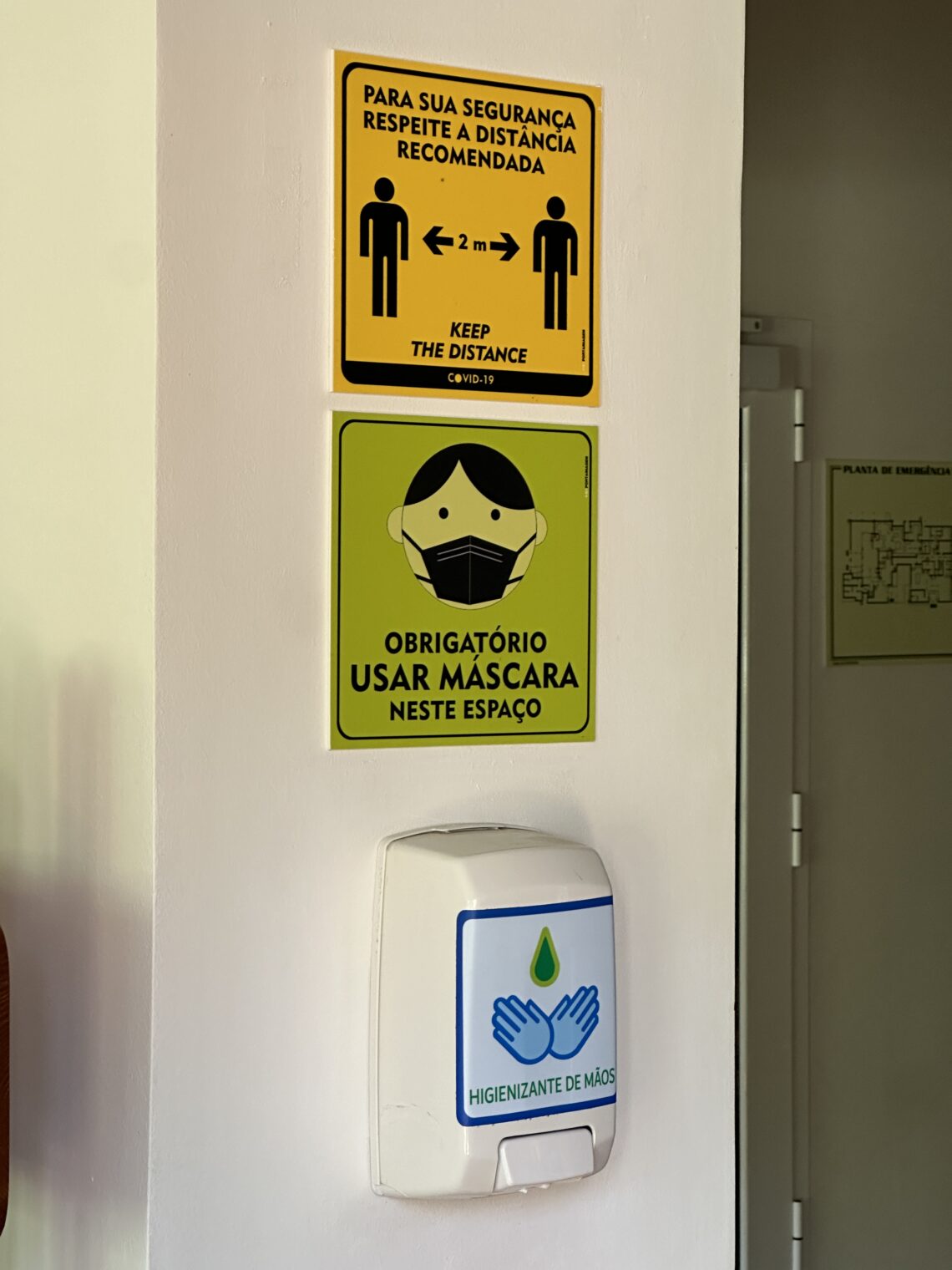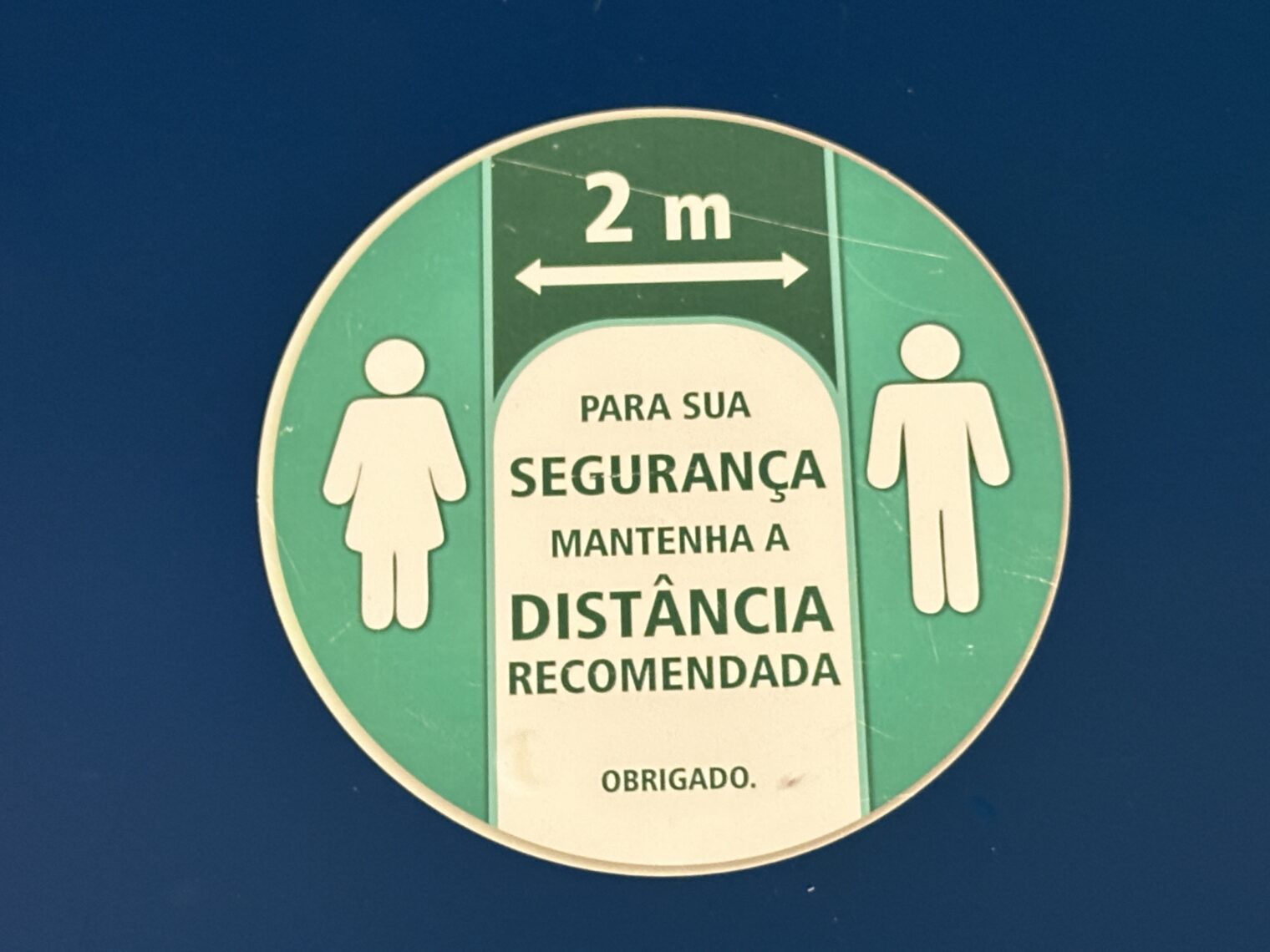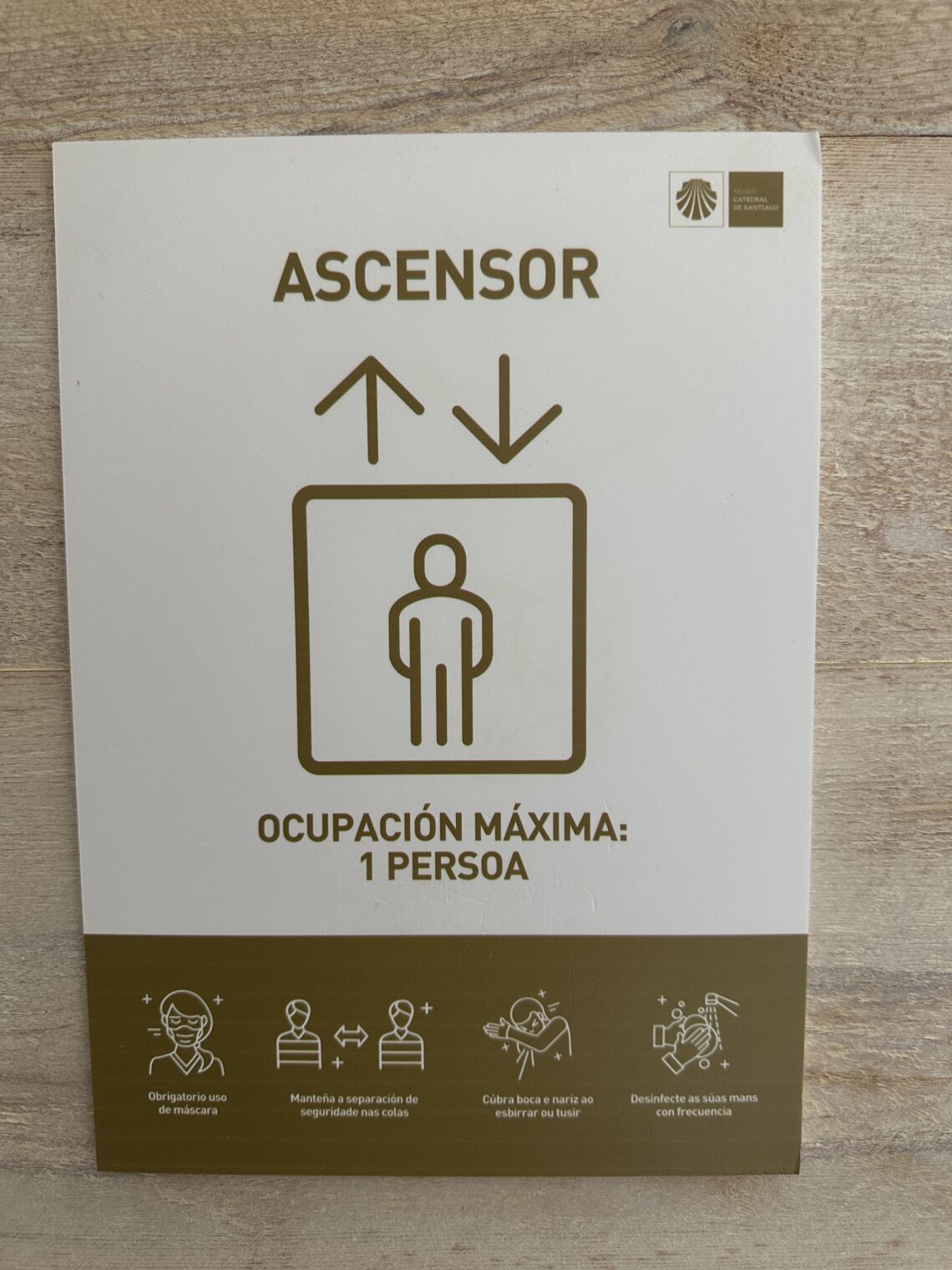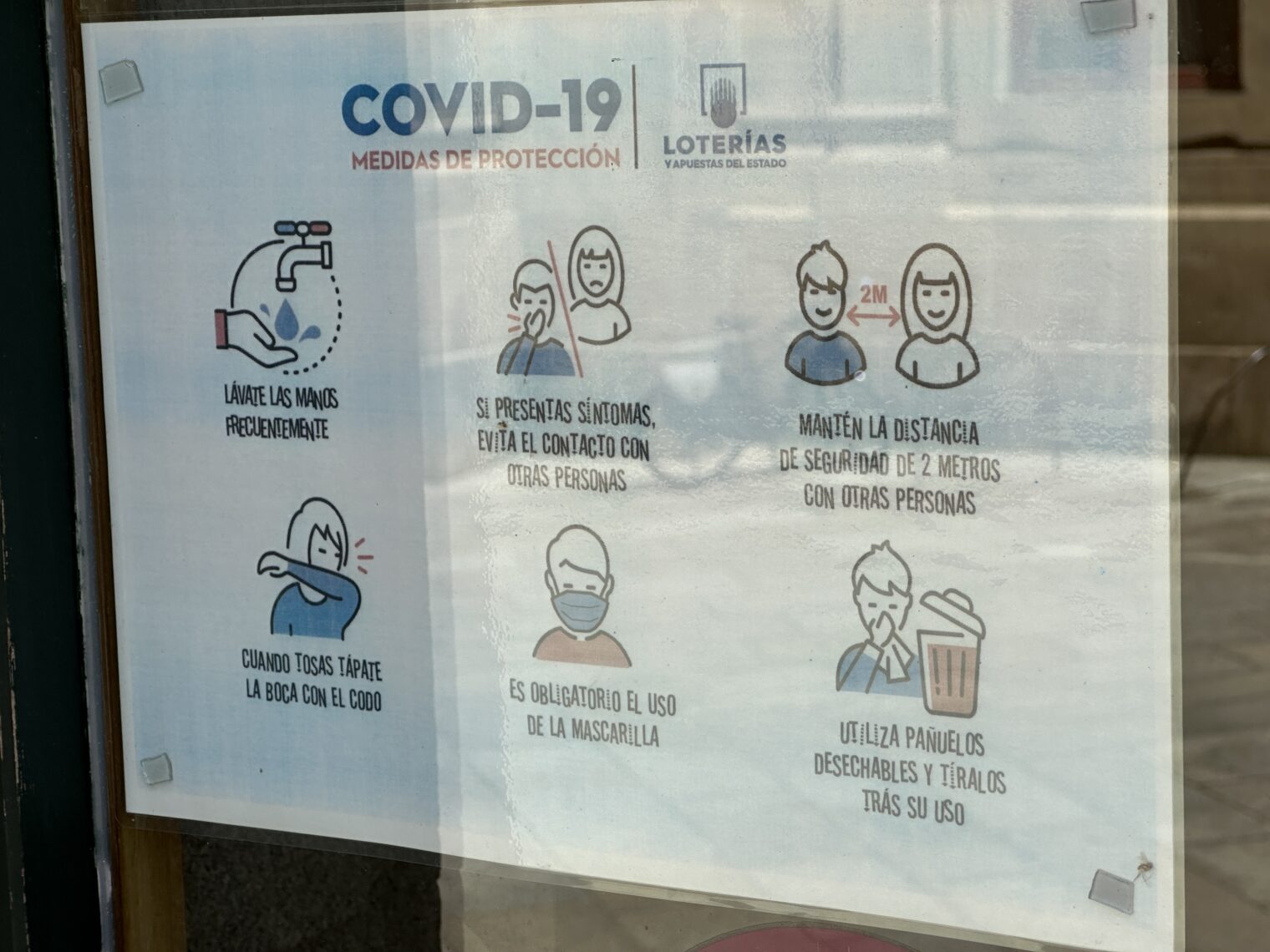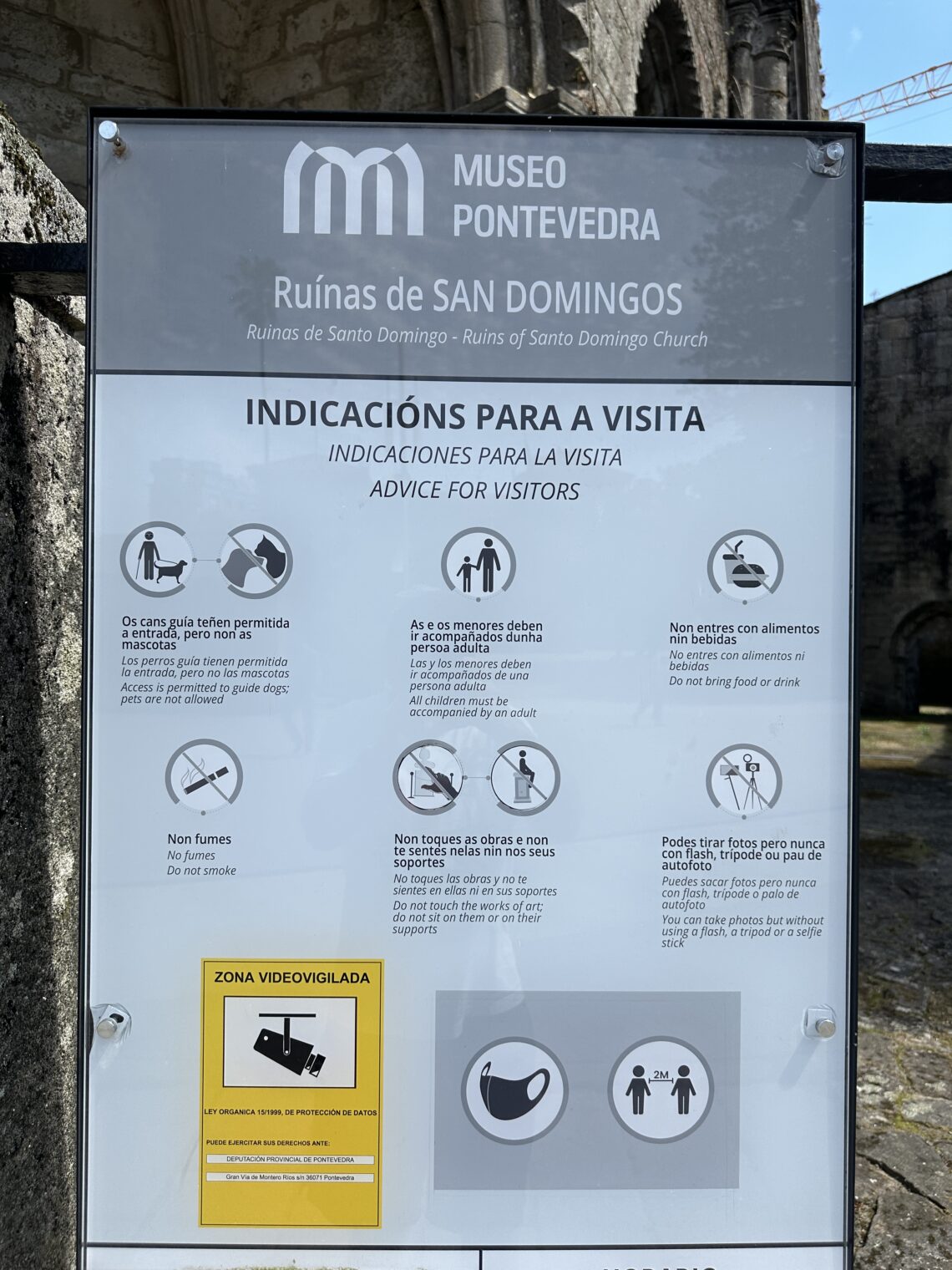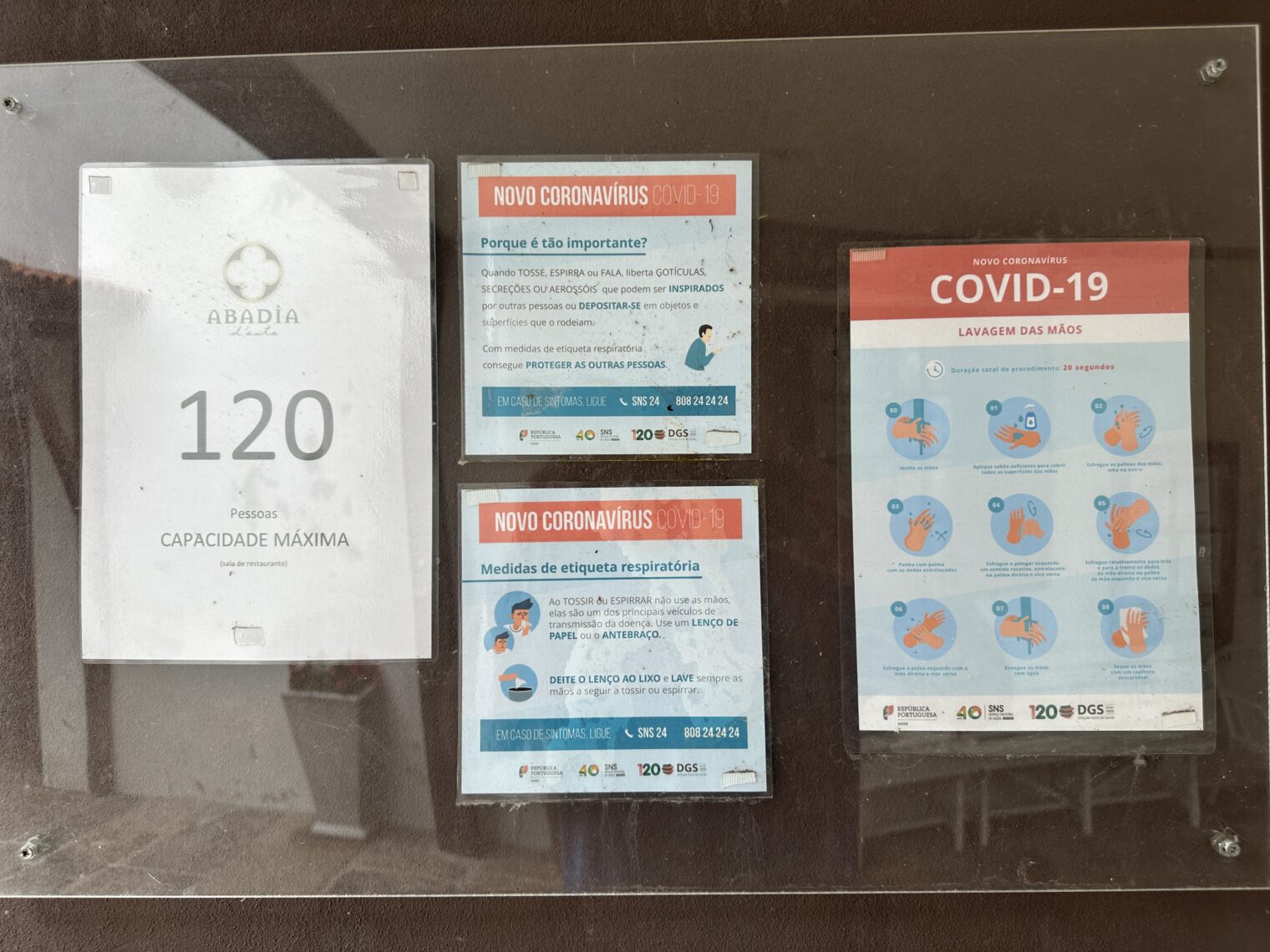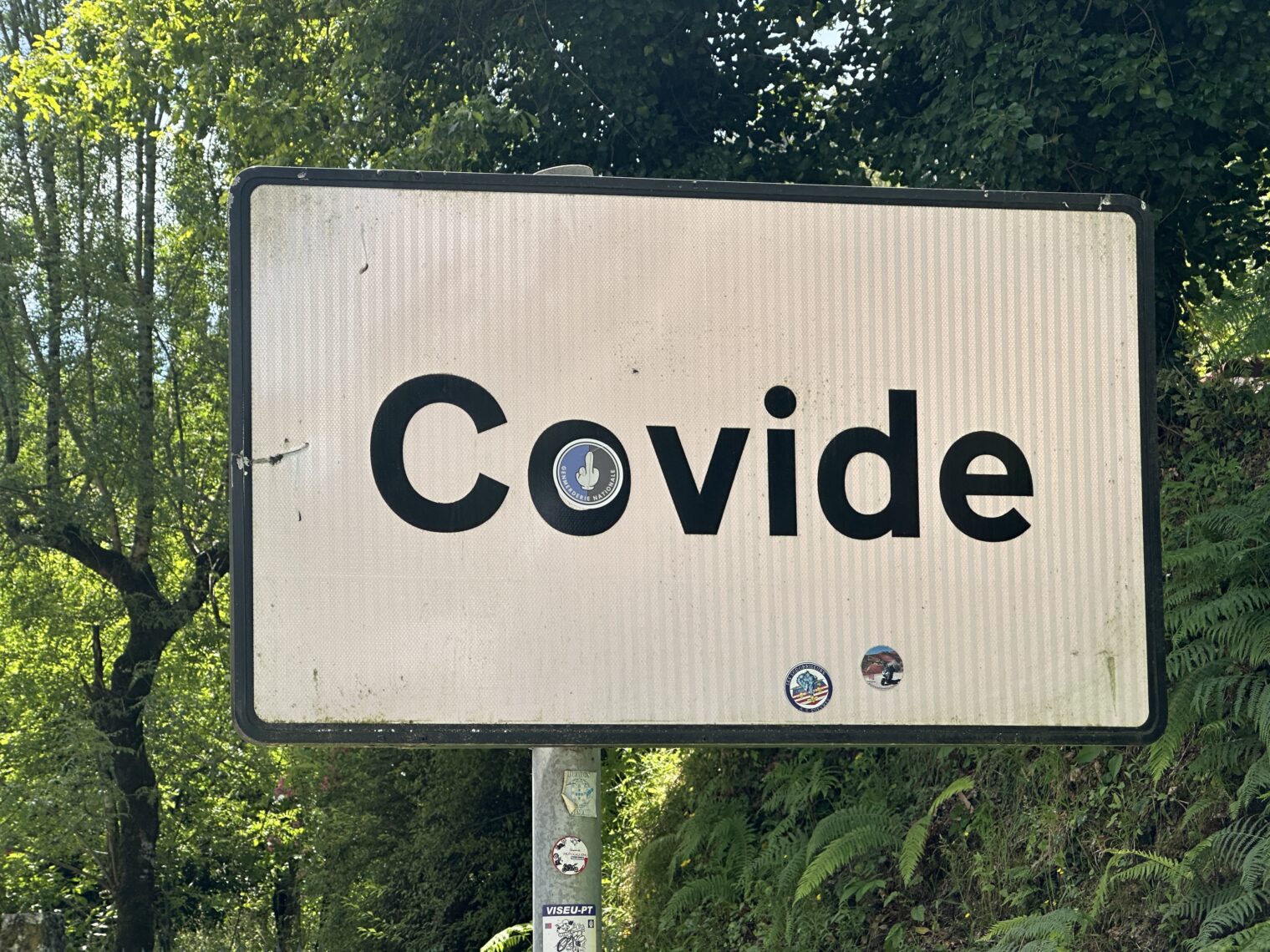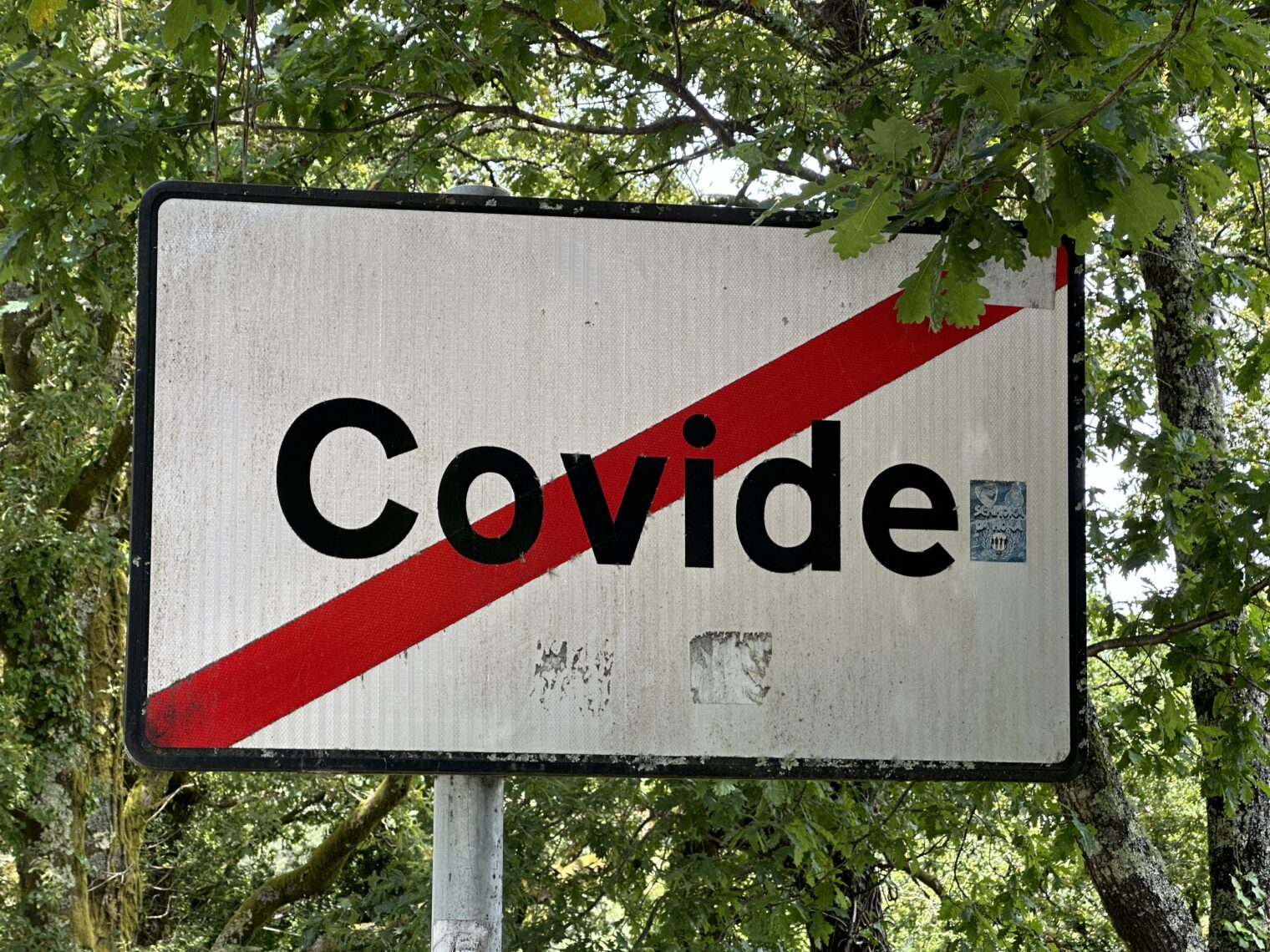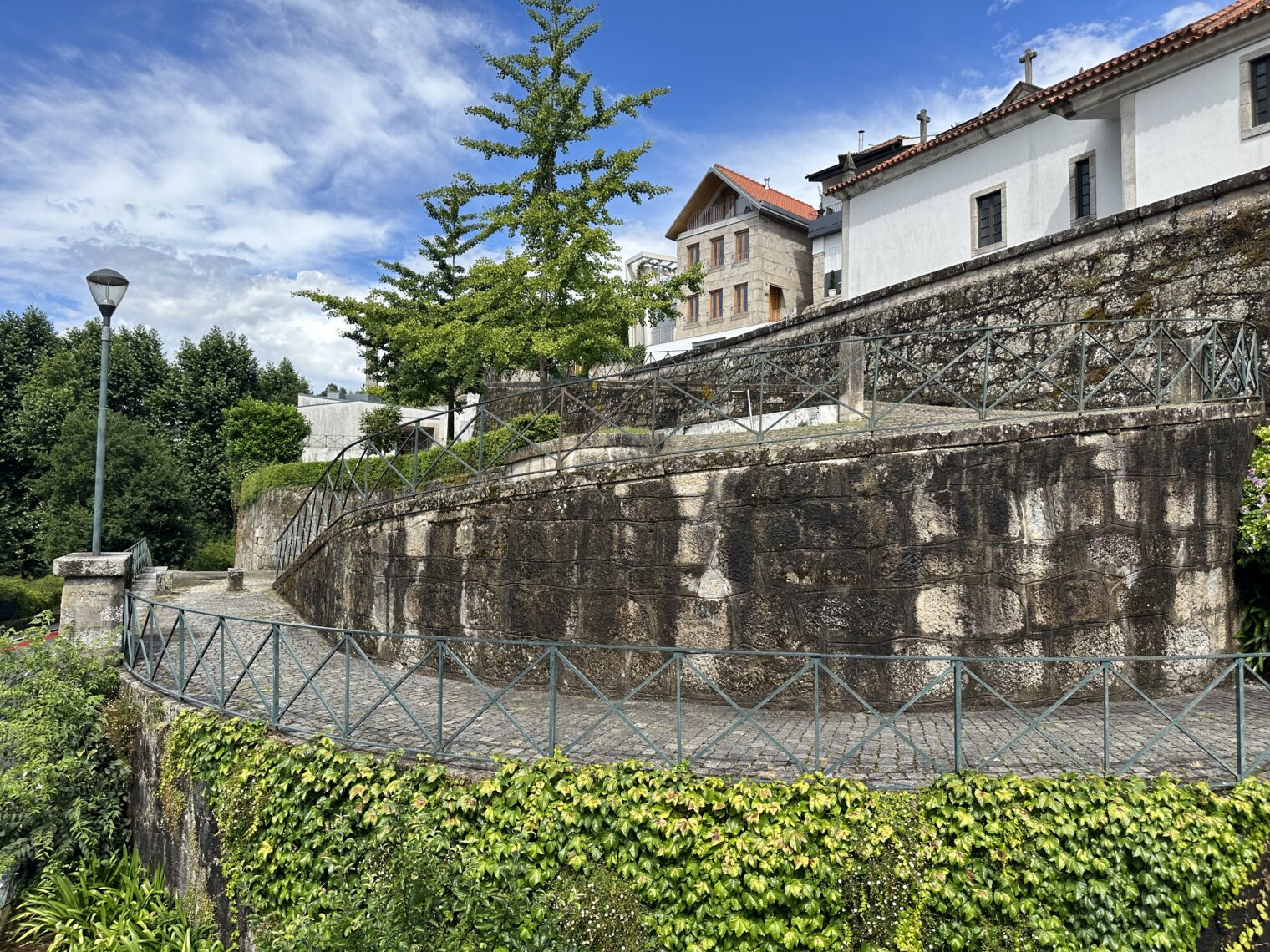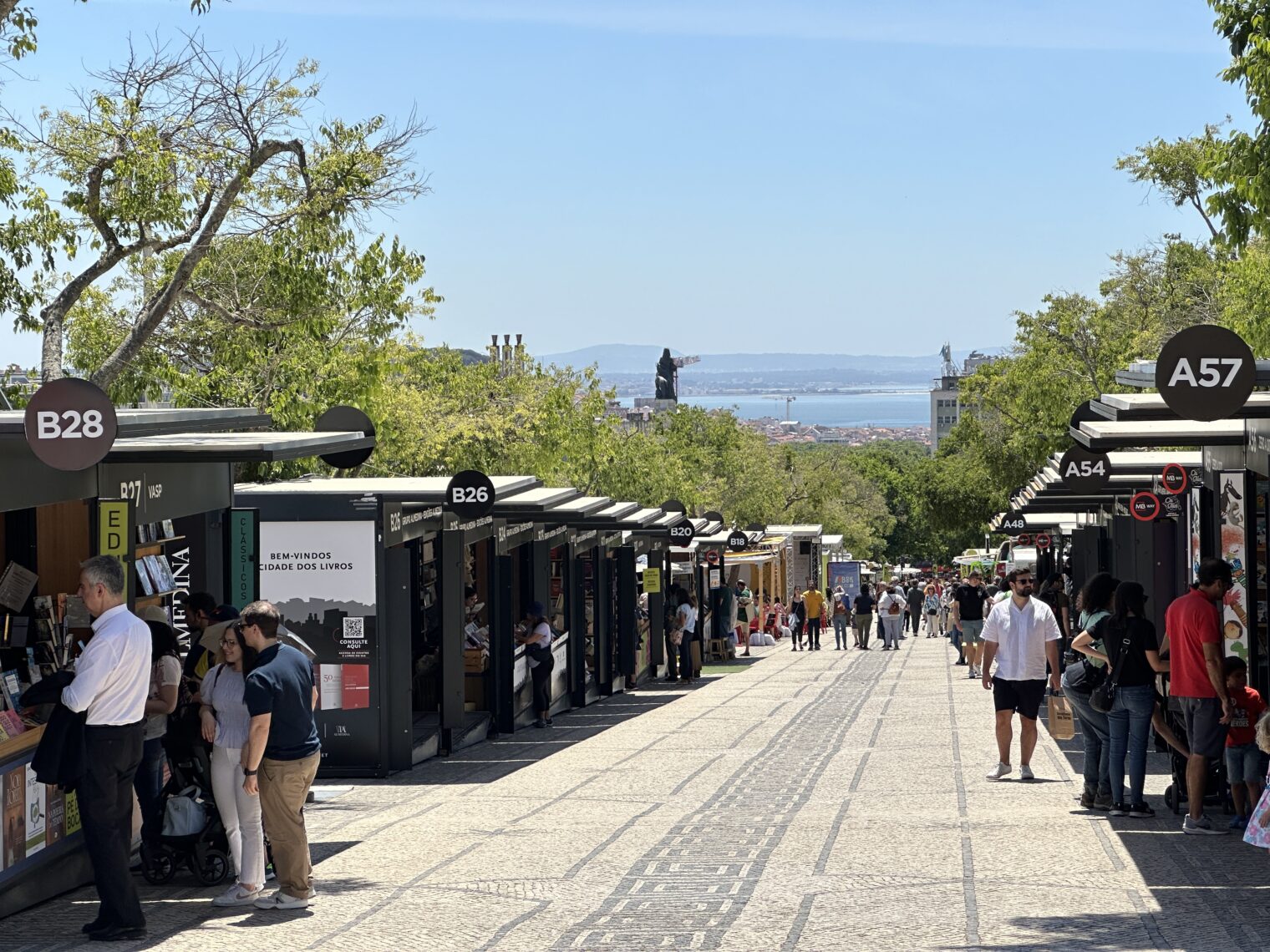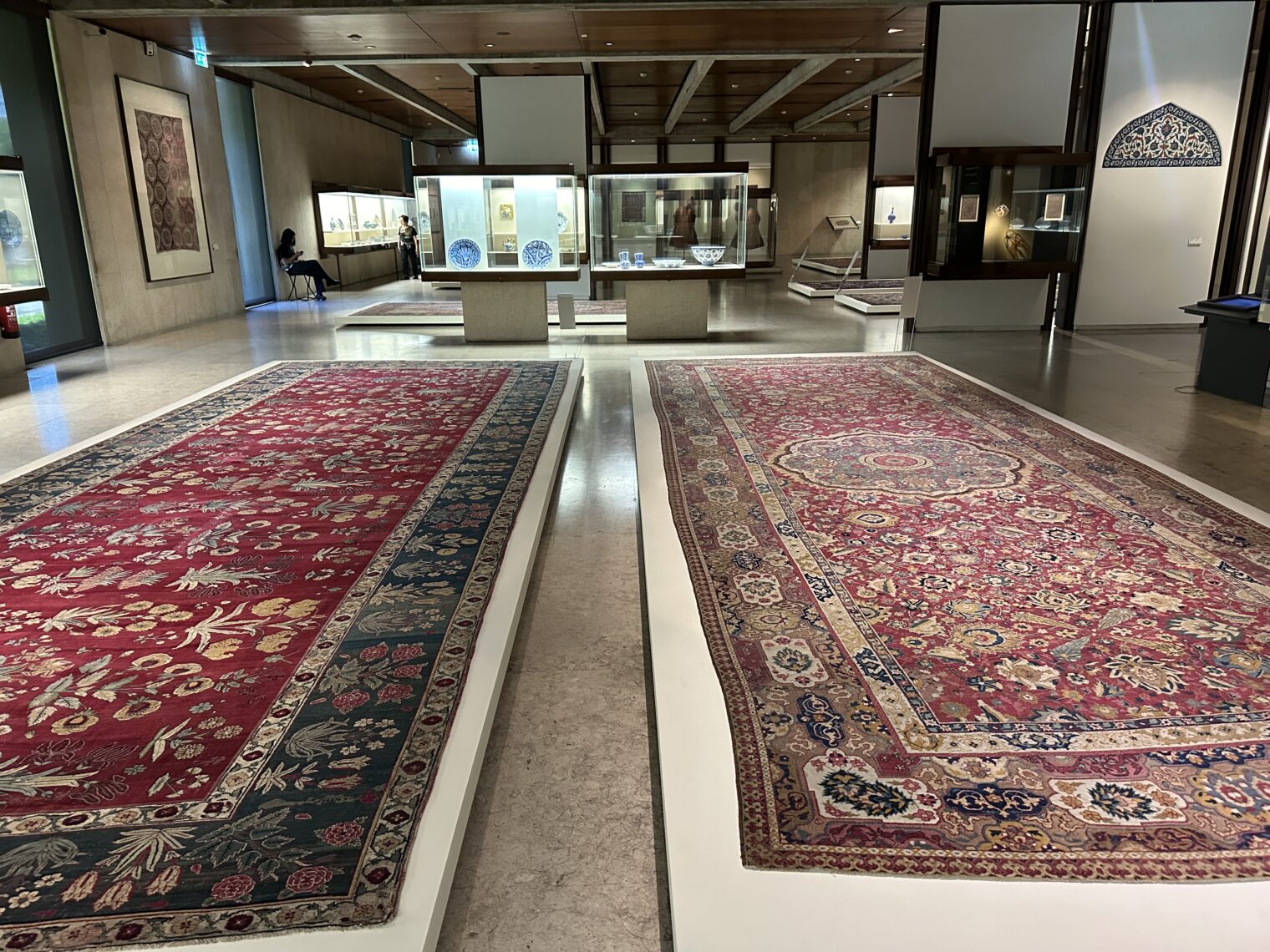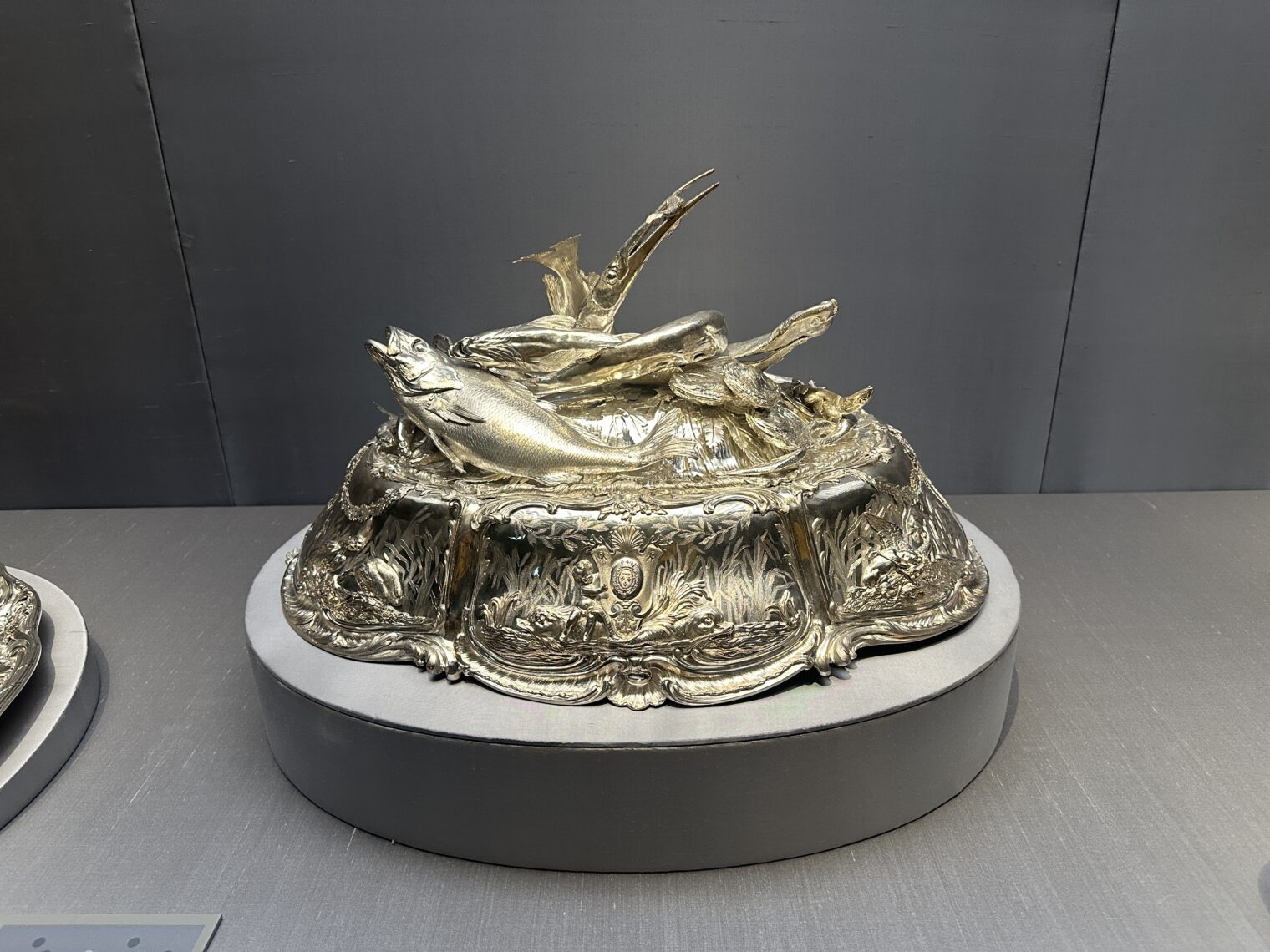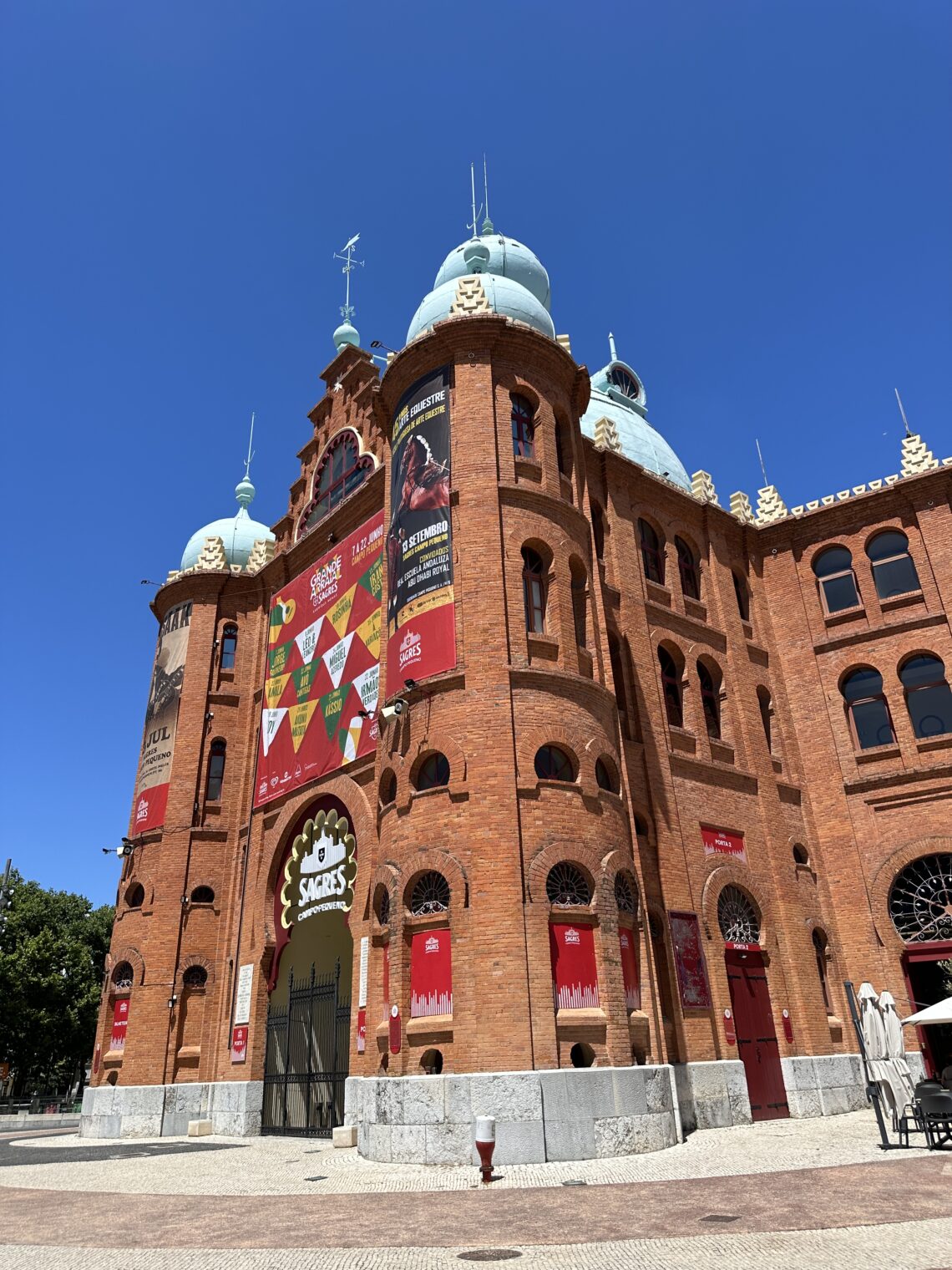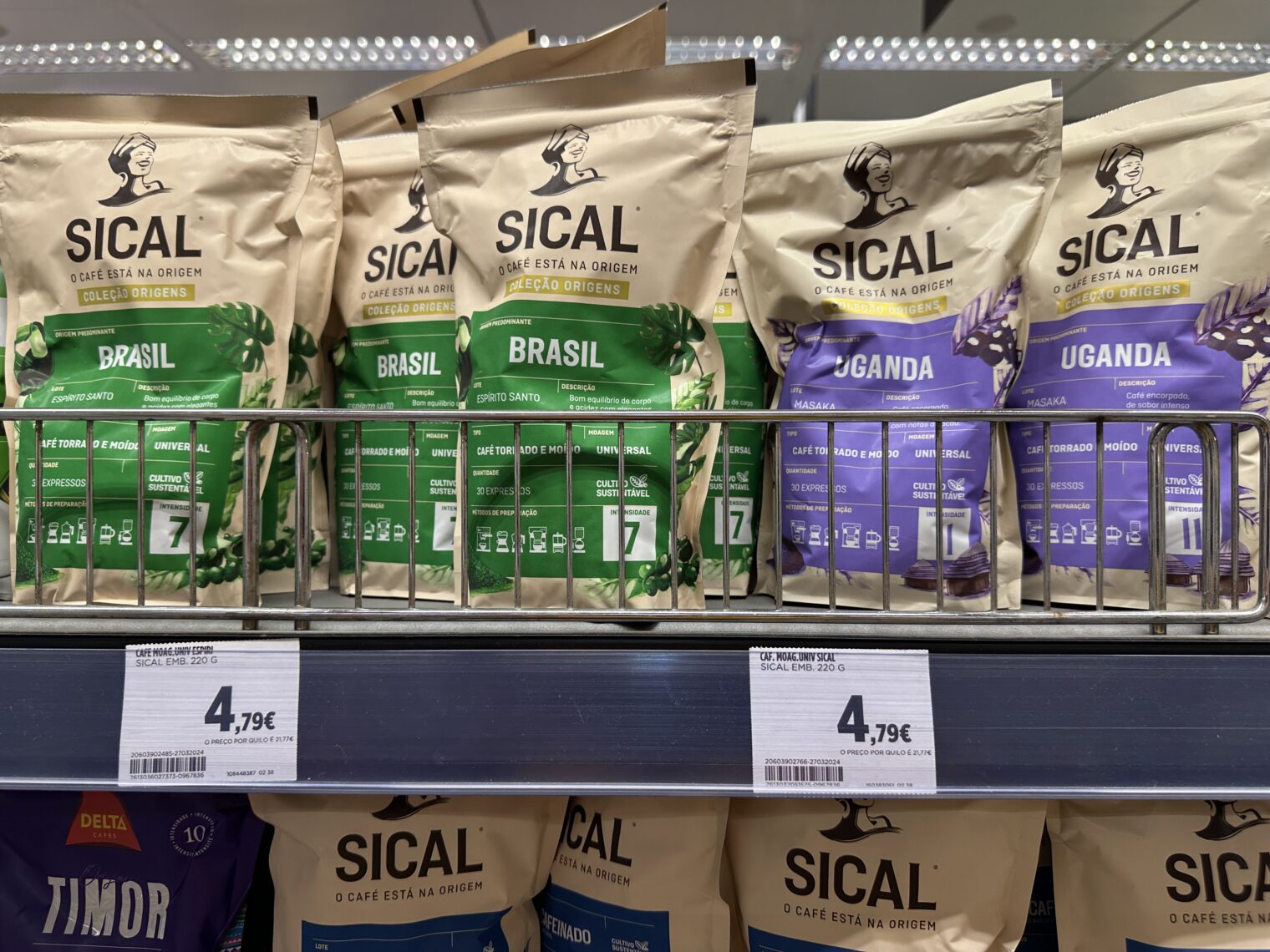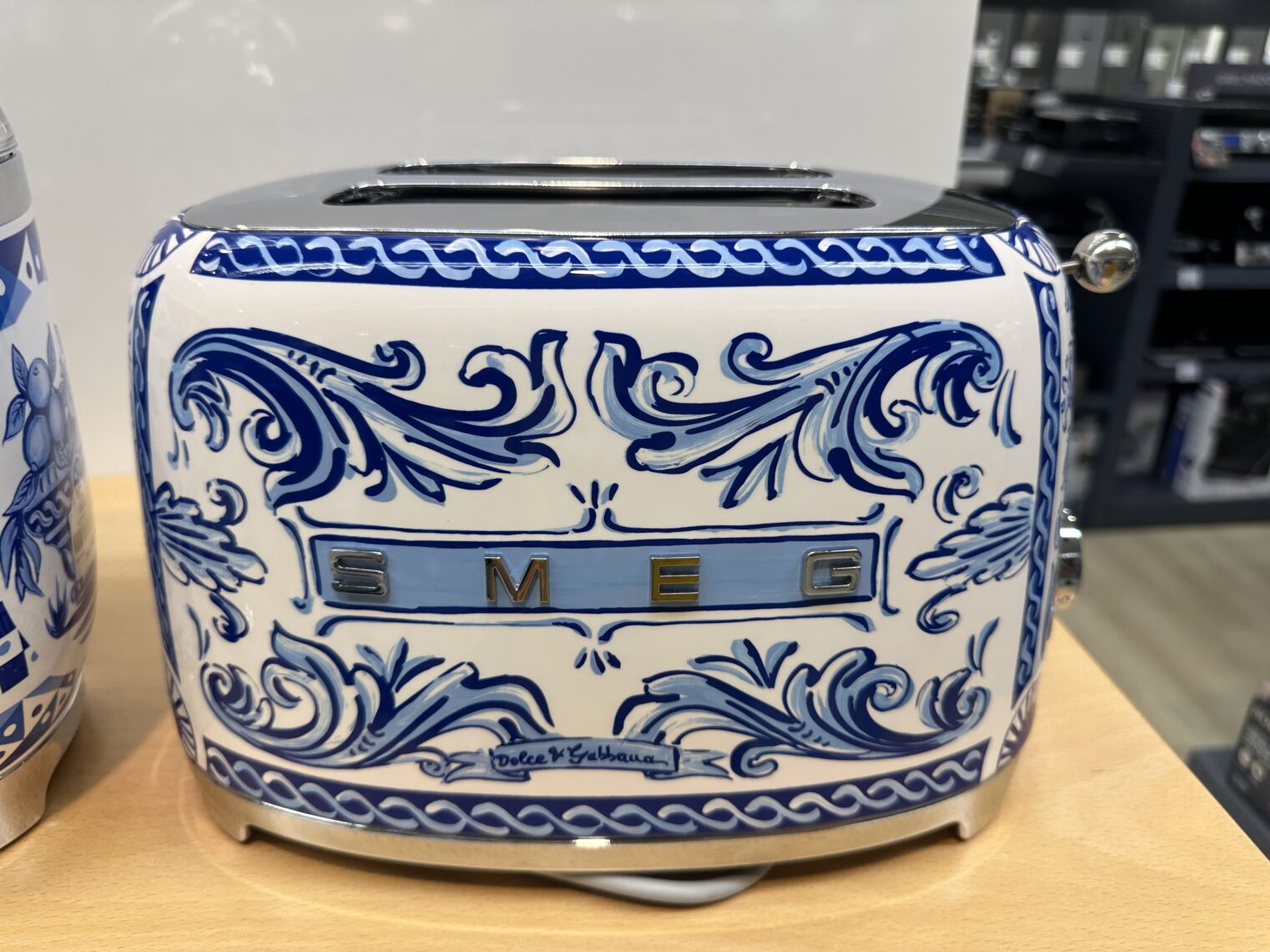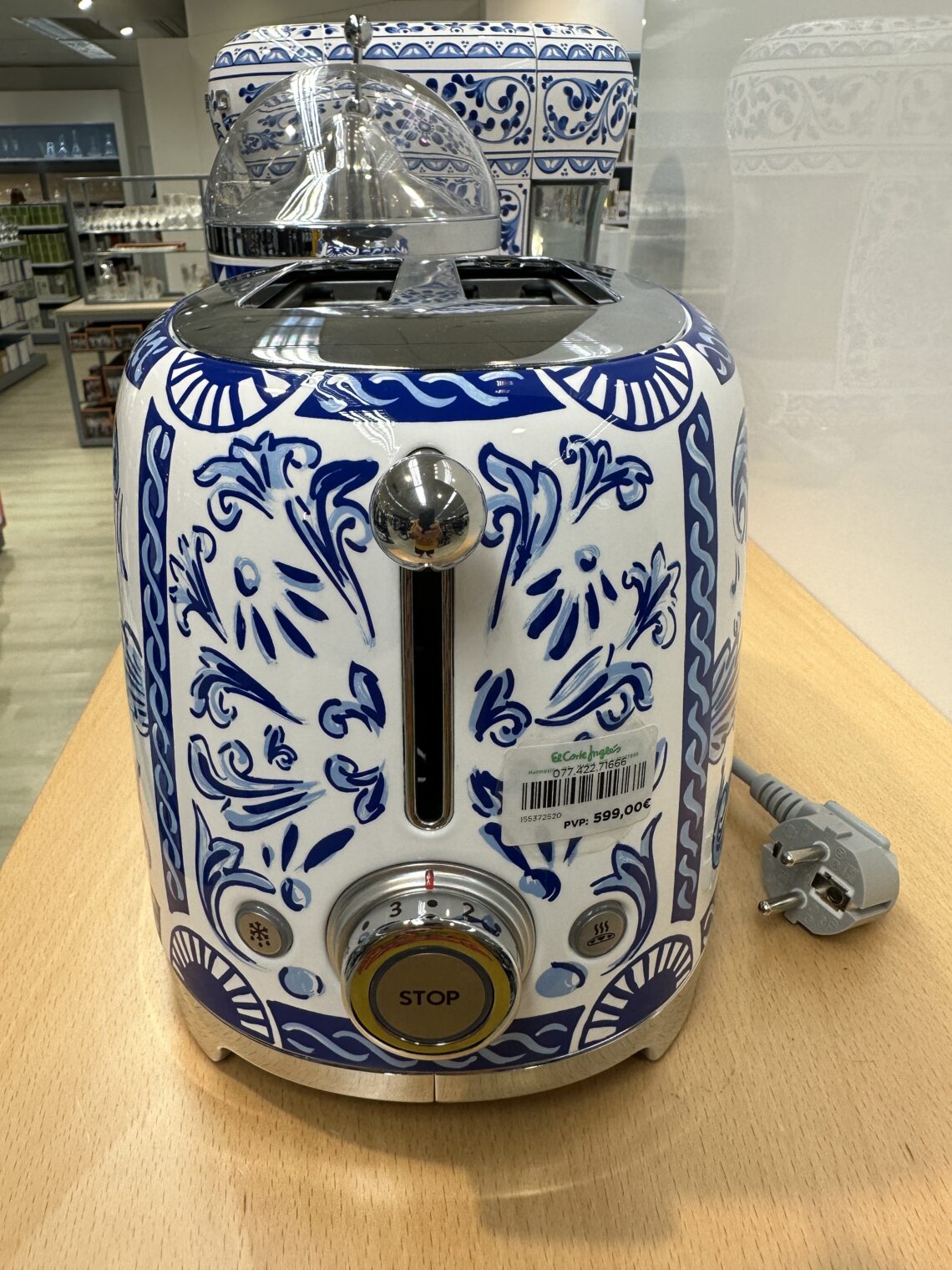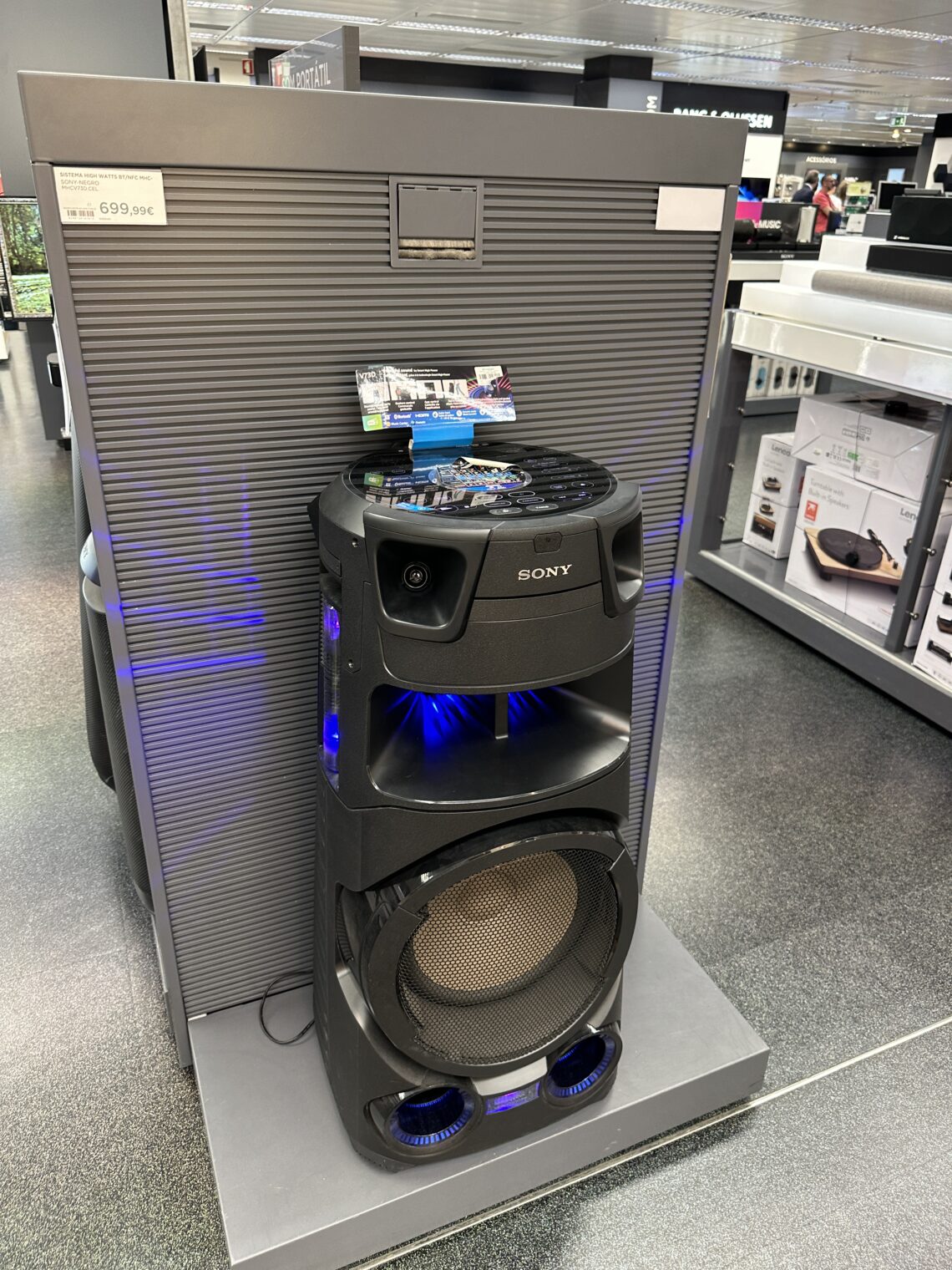Portuguese cheese and wine research
If I’m going to hold an EU passport I should probably learn something about cheese and wine. While in Portugal on this recent trip, I decided to try to put the cheeses in “10 Portuguese cheeses you must try” in front of an expert panel (includes two tasters aged 10 and under).
For Serra da Estrela, we got what the lady at the Continente hypermarket across from Gare do Oriente, the main train and bus station next to the public aquarium said was equivalent: Casa Matias SEIA‘s Quejinho de Ovelha (the same company also makes the cheese identified as “Serra da Estrela”; I think the nomenclature has to do with the precise fields in which the sheep graze). Kids rated this cheese “excellent”. Azeitão cheese is a more challenging flavor, but nonetheless rated “amazing” by the 10-year-old panelist.
El Corte Inglés is where a banker told me to shop for cheese. When I asked for Rabaçal, the ladies gave me the following:
I’m not sure that this is Rabaçal (might not even be the right milks), but it was a huge hit with the kids. It’s smooth and unchallenging. The opposite might be said of São Jorge, which was available aged 3 months, 4 months, 7 months, and 12 months. The cheese section lady recommended 4 months and that was rather sharp/sour/bitter.
The Queijo de Nisa, from a town to the east of Lisbon, is sharper and not as creamy as Quejinho de Ovelha. Nobody on our tasting panel liked it as much as the Serra da Estrela. Evora cheese: rejected by all (too sharp). Terrincho was rejected by the young tasters.
Here’s a cheese that isn’t on the “10 must try” list, but we loved it: Ovelha Amanteigado (“buttery soft sheep’s milk”?) from Serra Gerês. It was kept more or less at room temperature in a mini-market in the mountains near Portugal’s only national park. The consistency was more like a dip than a cheese. Everyone on our panel loved it. The web site referenced in the label below didn’t have any further information. It seems unlikely that this will show up at Publix or Whole Foods.
Here’s another cheese from the same area that we enjoyed at a restaurant, this time from cow milk:
And, to complete the circle, Serra Gerês goat cheese (excellent):
An expensive cheese at Pingo Doce that I didn’t love was Quinta do Olival. It’s a “cured” goat’s milk cheese that has won a lot of awards, but it tastes too smoky/sour (I don’t think it is actually smoked). The family was more positive regarding this one.
If you’re desperate and need some cheese that can be found in even the humblest of markets, Terra Nostra (from the Azores) proved mild and acceptable to the kids:
How about some wine to go with the cheese? Daily drinking in Portugal need not be costly. The typical bottle of wine for sale in a supermarket seemed to be 3-5 euros. We found 5 liters (6.7 bottles’ worth) in a name-brand box for 8 euros at a small town fruit market. If you’ll go through more than 5 liters between supermarket trips, here’s 10 liters for $11 (supermarket in Terras de Bouro, a mountain town named after the Buri people). That’s 13 bottles of wine for less than $1/bottle.
Garrafeira Estado d’Alma, the wine shop around the corner from our Lisbon hotel, recommended a 19-euro Syrah-based wine from south of Lisbon (i.e., not from the famous Douro region; apparently this entire Alentejano region produces excellent Tuscan-style wines):
I served it to a discriminating law firm partner and he pronounced it excellent. The wine merchant also said that Madeira wine lasts longer, once the bottle is open, than Port. If immigration hasn’t made the average European rich, it certainly seems to have helped the elite. I asked if it wasn’t damaging to leave a 6,800 euro bottle of Champagne in an upright position. Portugal is the world’s leading producer of cork and shouldn’t he realize that the cork could dry out and start letting air into the bottle? “You’re right,” he said, “but we’ll sell the bottle within about two weeks so it doesn’t matter.”
He was kind enough to take us (including the 8-year-old member of the panel) to the basement to see the 10,000 euro bottles:
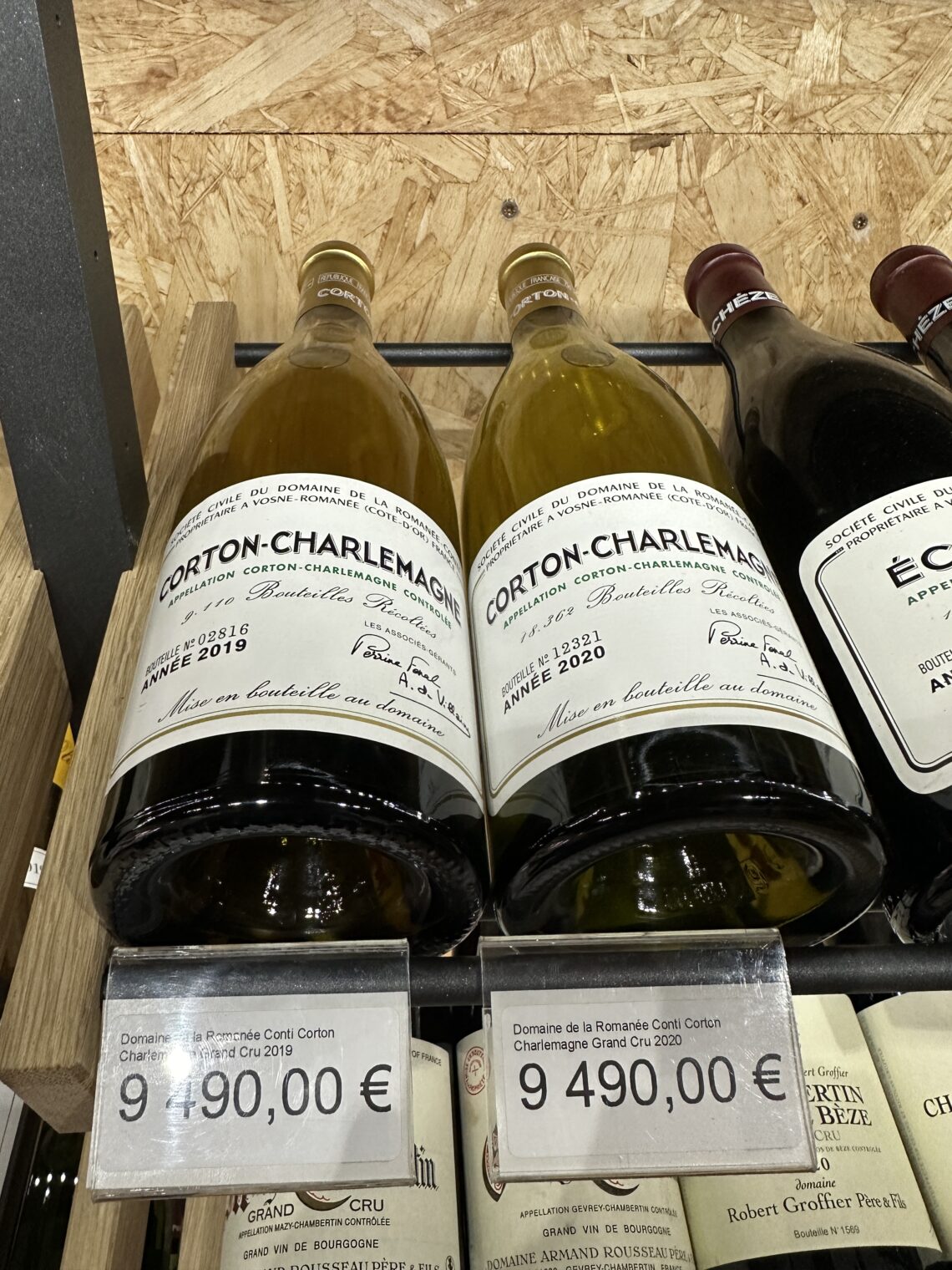
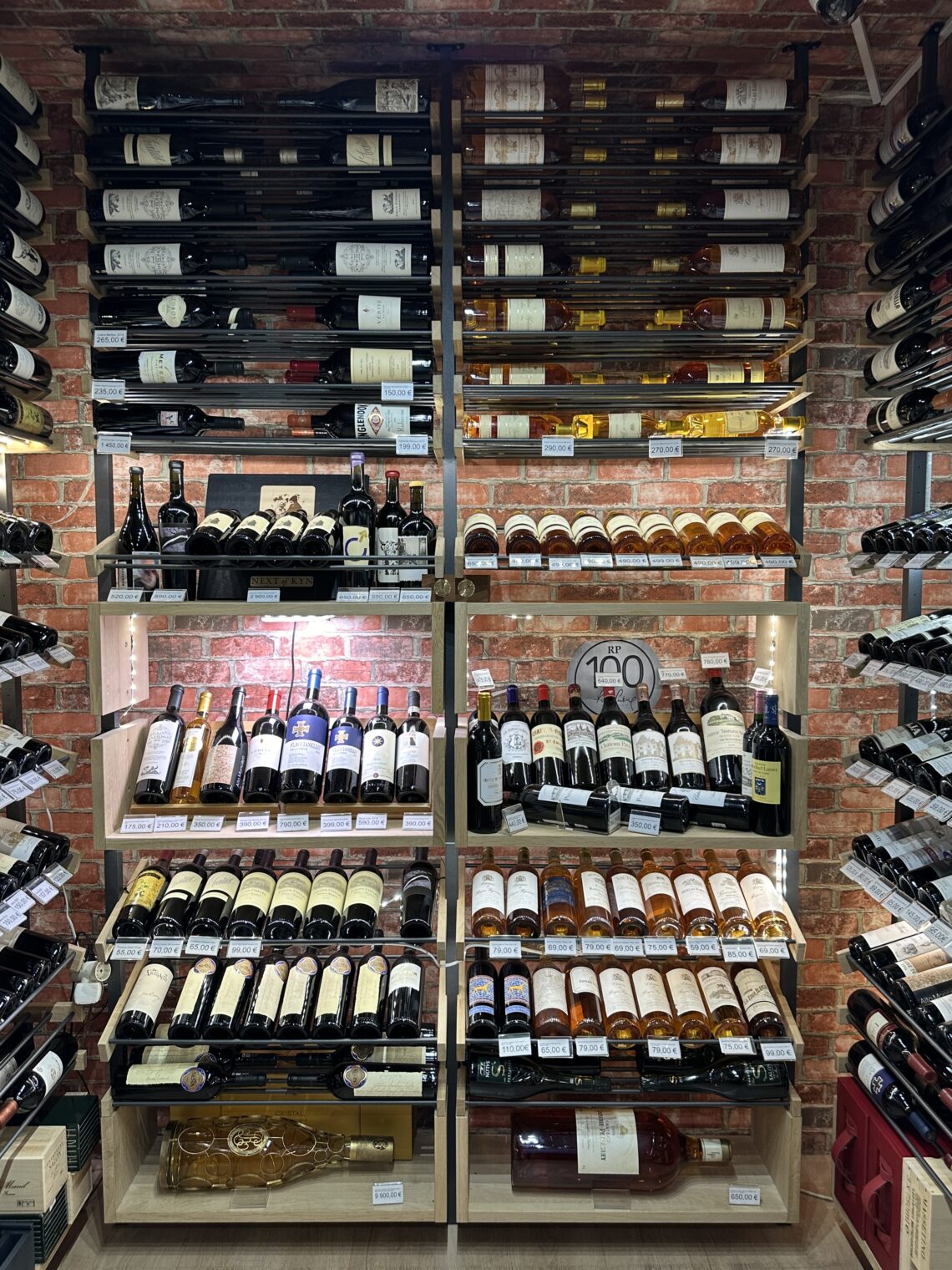

After trying about 10 more wines during the three-week trip, I concluded that I prefer Alentejo wine to Douro wine. So does IKEA, apparently because that’s what they serve at their Michelin-starred cafe in Braga:
A mid-priced Alentejo wine that I found in Continente and enjoyed is Pêra Doce. Their “premium” wine costs about $5 in Portugal and was rated 91 points in Wine Enthusiast (I found this out after tasting their $15 “special edition” wine, which was marked down to $6, so the rating did not affect my opinion).
Even allowing for the government-limited market for imported cheese here in the Land of the Free Market (TM), I can’t figure out why Portuguese cheeses and wines aren’t widely available in the U.S. I’m guessing that there is too much fragmentation. Serra Gerês cheese is good enough to compete in the American market, but probably there isn’t enough made to supply even one U.S. state. Therefore, it would be tough to get a return on investment from educating American consumers about these superb cheeses. Murray’s in NYC carries just two Portuguese cheeses, neither of which I noticed for sale in Portugal:
(the prices have to be at least 4X what these cheeses cost in the domestic market)
I guess we also do have to factor in the import barriers imposed by our government at the behest of the dairy industry (we would call them “cronies” if we were talking about a Third World country). Given these barriers maybe it makes sense to import only those cheese with which American consumers are already familiar and willing to pay a big premium.
Full post, including comments




